Rethinking Printing & Packaging Through Circular Innovation
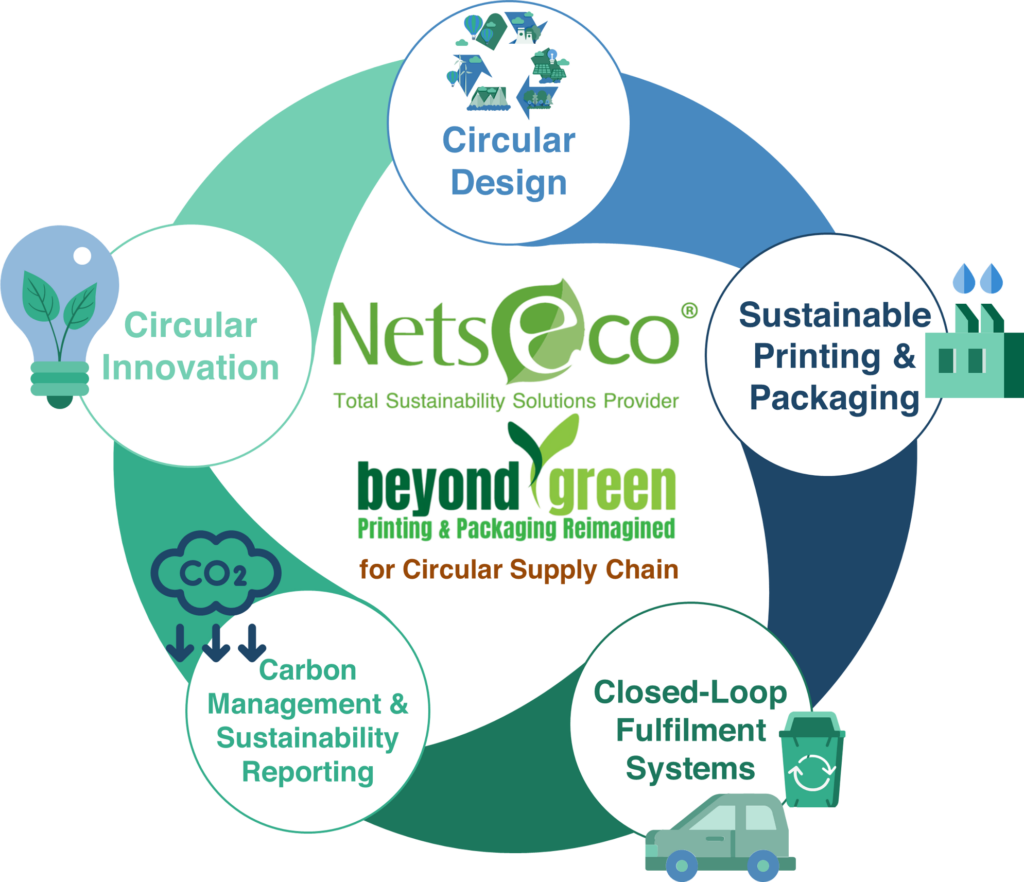 As ESG expectations rise and reporting standards tighten, many companies face a common question:“How can we reduce environmental impact across everyday operations without compromising performance or cost-efficiency?”At NetsEco, we believe circularity offers a practical answer — especially in printing and packaging, often overlooked as a lever for measurable change. Green Printing Solutions, our “Beyond Green” service model helps corporates operationalise sustainability across five interconnected pillars:
♻️ Circular DesignDesigning for circularity means choosing materials and formats that reduce waste before production even begins.
✅ Example: A retail brand shifts from multi-layered packaging to a mono-material design — fully recyclable, easier to separate during waste collection, and compliant with EPR (Extended Producer Responsibility) goals.
✅ Example: For clients in publishing and retail, we advise on second-life use of printed materials. For instance, a book jacket can be redesigned to transform into an interactive activity sheet, a merchandise wrapper, or even an extension of the book’s content — turning packaging into value-added experiences while reducing single-use waste.
📦 Sustainable Printing & PackagingWe help clients transition to FSC® and PEFC-certified papers, vegetable-based inks, and low-impact print technologies.
✅ Example: A bank redesigns its printed annual reports using sustainably certified paper and soy inks, achieving the same print quality while reducing lifecycle emissions by 30%.
🔄 Closed-Loop FulfilmentWe implement take-back and reverse logistics systems to reintegrate materials into supply chains.
✅ Example: A telco company collects used promotional displays and corrugated stands for recycling and reprocessing — significantly cutting landfill waste after each campaign cycle.
✅ Example: Our green logistics system is powered by a monitored green fleet, designed to minimise carbon emissions during fulfilment. For retail clients, we offer direct-to-outlet delivery, reducing unnecessary transport steps and improving efficiency. More importantly, we provide traceable emission data that supports ESG and Scope 3 reporting — helping brands not just move products, but move toward measurable sustainability goals.
📊 Carbon Management & ReportingFrom Scope 1 to Scope 3, we support clients in mapping emissions tied to their print and packaging activities — often a blind spot in ESG reporting.
✅ Example: A listed manufacturer includes packaging-related transport emissions in its CDP disclosure, backed by lifecycle data and third-party verified metrics.
💡 Circular InnovationBeyond compliance, circularity opens new innovation spaces. We help companies explore material recovery, secondary raw materials, and bio-based alternatives.
As ESG expectations rise and reporting standards tighten, many companies face a common question:“How can we reduce environmental impact across everyday operations without compromising performance or cost-efficiency?”At NetsEco, we believe circularity offers a practical answer — especially in printing and packaging, often overlooked as a lever for measurable change. Green Printing Solutions, our “Beyond Green” service model helps corporates operationalise sustainability across five interconnected pillars:
♻️ Circular DesignDesigning for circularity means choosing materials and formats that reduce waste before production even begins.
✅ Example: A retail brand shifts from multi-layered packaging to a mono-material design — fully recyclable, easier to separate during waste collection, and compliant with EPR (Extended Producer Responsibility) goals.
✅ Example: For clients in publishing and retail, we advise on second-life use of printed materials. For instance, a book jacket can be redesigned to transform into an interactive activity sheet, a merchandise wrapper, or even an extension of the book’s content — turning packaging into value-added experiences while reducing single-use waste.
📦 Sustainable Printing & PackagingWe help clients transition to FSC® and PEFC-certified papers, vegetable-based inks, and low-impact print technologies.
✅ Example: A bank redesigns its printed annual reports using sustainably certified paper and soy inks, achieving the same print quality while reducing lifecycle emissions by 30%.
🔄 Closed-Loop FulfilmentWe implement take-back and reverse logistics systems to reintegrate materials into supply chains.
✅ Example: A telco company collects used promotional displays and corrugated stands for recycling and reprocessing — significantly cutting landfill waste after each campaign cycle.
✅ Example: Our green logistics system is powered by a monitored green fleet, designed to minimise carbon emissions during fulfilment. For retail clients, we offer direct-to-outlet delivery, reducing unnecessary transport steps and improving efficiency. More importantly, we provide traceable emission data that supports ESG and Scope 3 reporting — helping brands not just move products, but move toward measurable sustainability goals.
📊 Carbon Management & ReportingFrom Scope 1 to Scope 3, we support clients in mapping emissions tied to their print and packaging activities — often a blind spot in ESG reporting.
✅ Example: A listed manufacturer includes packaging-related transport emissions in its CDP disclosure, backed by lifecycle data and third-party verified metrics.
💡 Circular InnovationBeyond compliance, circularity opens new innovation spaces. We help companies explore material recovery, secondary raw materials, and bio-based alternatives.✅ Example 1: In partnership with a local university, we co-developed LORIAM — a durable new material made from used carton box waste. LORIAM is being explored for applications in furniture, merchandise, and circular product design.
✅ Example 2: Through our integrated ecosystem, we provide food waste collection systems for retail and F&B outlets. These systems enable food waste to be collected together with our certified compostable foodware — such as paper trays, straws, and cutlery. The waste is then processed into compost and channelled to nearby organic farms, forming a closed-loop system from food service to sustainable agriculture.
🔁 A Circular Supply Chain in PracticeThe five pillars above are grounded in a practical model that guides clients across the full material journey:Design (Plan & Source) → Produce (Make) → Deliver → Recover (Return) → ReportThis closed-loop cycle ensures sustainability is not just a corporate message, but an operational reality — measurable, auditable, and adaptable to evolving ESG standards.At NetsEco, we see printing and packaging not as static cost centres, but as strategic levers — where sustainability and performance can go hand in hand. As the regulatory and investor landscape evolves, companies that act early to embed circularity will be better positioned — not just to meet ESG expectations, but to lead industry change.Accelerating the Energy Transition: Nets Eco Group Showcases Hydrogen Advancements at SEGT 2024

Nets EcoEnergy, a division of NetsEco Group of Companies, in collaboration with UCSI University Engineering, has achieved a major breakthrough in green hydrogen production through ultrasound-enhanced electrolysis. This cutting-edge innovation significantly enhances hydrogen production efficiency and cost-effectiveness, marking a key milestone in scaling up Malaysia’s hydrogen economy and driving industrial decarbonization.
As a total sustainability solutions provider, NetsEco Group integrates clean energy innovation, carbon-neutral materials, and circular economy strategies to help businesses transition to a low-carbon economy while achieving their ESG and net-zero goals.

Our study, Green Hydrogen Production Enhancement by Incorporating Ultrasound Technology in Alkaline Water Electrolysis, conducted by Wenya Wong, Yu Shem Goh, Kah Hou Teng, Kiat Moon Lee, Wah Yen Tey, Leong Sim Teh, and Yeah Hui Loh, explores how ultrasound technology can significantly improve hydrogen production efficiency. Funded by the Fundamental Research Grant Scheme (FRGS) and presented at SEGT 2024, this research supports Malaysia’s Hydrogen Economy Roadmap (HETR), reinforcing the country’s position as a regional clean hydrogen leader, with a projected RM 577 billion cumulative investment by 2050.
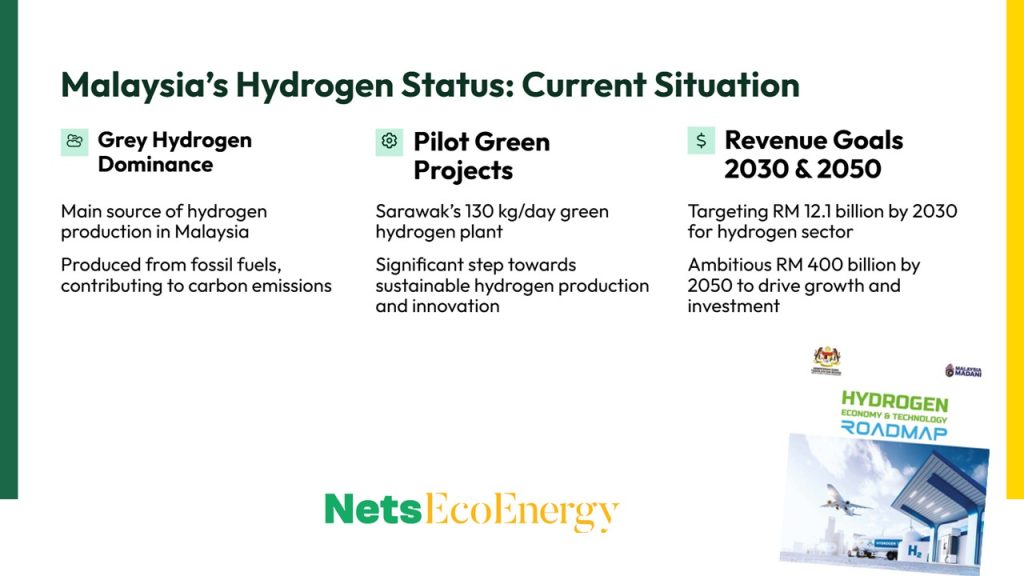
Revolutionizing Green Hydrogen with Ultrasound Technology
Green hydrogen is a critical enabler of net-zero ambitions, yet high production costs and inefficiencies have hindered its widespread adoption. Nets EcoEnergy’s breakthrough technology addresses these challenges by delivering:
-
✅ 149% increase in hydrogen production efficiency → Maximizing hydrogen output per unit of energy.
-
✅ 21.66% reduction in energy consumption → Cutting electricity costs and improving financial viability.
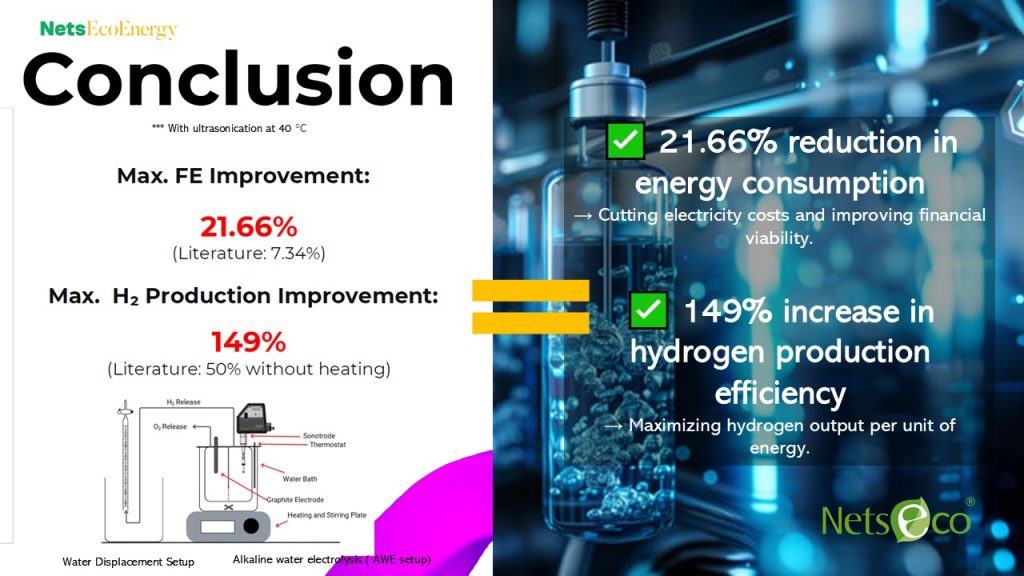
By optimizing the electrolysis process, ultrasound-enhanced electrolysis lowers energy requirements, improves hydrogen yield, and brings green hydrogen costs closer to fossil fuel parity.
NetsEco Group: A Total Solutions Provider for Sustainable Transformation
Beyond pioneering clean hydrogen production, NetsEco Group is committed to delivering full-spectrum sustainability solutions that help businesses transition to a low-carbon economy.
🌍 Our Key Solutions Include:
✔ Sustainable Energy Strategy → Tailored sustainable energy plans including energy audits, EMS implementation, energy training, and waste-to-energy transformation.
✔ Carbon-Neutral Packaging & Printing → Offering FSC®, PEFC, ISO-certified sustainable materials to reduce corporate carbon footprints.
✔ Circular Economy & Waste Reduction → Implementing eco-friendly production models that enhance resource efficiency.
✔ Green Supply Chain Management → Helping businesses achieve comprehensive ESG compliance and sustainability targets.
By integrating cutting-edge research with practical industry applications, NetsEco Group ensures businesses can seamlessly adopt sustainability practices without compromising performance or profitability.
Driving Malaysia’s Hydrogen Economy & Net-Zero Goals
Malaysia currently produces ~1 million tons of hydrogen annually, primarily from natural gas-based grey hydrogen. While Sarawak leads in green hydrogen production, it remains limited to pilot projects (130 kg/day). The high cost of electrolysis (USD 4–6 or RM 18–27/kg) has been a significant barrier to scaling up production for local use and exports.
By improving electrolysis efficiency and reducing production costs, Nets EcoEnergy’s innovation directly supports Malaysia’s roadmap targets of:
📌 4.59 million tons of hydrogen by 2040
📌 10.33 million tons by 2050
This advancement strengthens Malaysia’s hydrogen export potential to Japan, Korea, and Singapore, positioning the country as a regional hub for clean hydrogen.
“Hydrogen is key to industrial decarbonization, but for large-scale adoption, we must reduce costs and improve efficiency. Our breakthrough in ultrasound-enhanced electrolysis offers a real-world, commercially viable solution to accelerate the clean energy transition,” said Mr. Teh Leong Sim, Managing Director of NetsEco Group.
Bringing Clean Hydrogen to Industry
With global hydrogen demand projected to exceed 200 million tons annually by 2050, businesses that invest in cost-efficient hydrogen technologies today will gain a competitive edge in the clean energy transition.
At NetsEco Group, we believe green hydrogen is a game-changer for businesses looking to reduce carbon emissions, optimize resource efficiency, and future-proof operations. By funding research that enhances hydrogen production efficiency, we provide comprehensive sustainability solutions that support businesses in transitioning to a low-carbon, circular economy.
📩 Stay connected with Nets EcoEnergy as we continue to pioneer sustainable energy solutions that benefit both businesses and the planet.
For inquiries and collaborations, email us at netsecoenergy@gmail.com.
NetsEco Group旗下Nets Impression荣获2024金鹰奖卓越鹰奖
2024年11月 —— NetsEco Group 隆重宣布,其子公司 Nets Impression Sdn Bhd 荣获 2024金鹰奖卓越鹰奖,成功跻身马来西亚100强卓越企业。这项备受瞩目的奖项表彰了Nets Impression在可持续创新和业务卓越领域的杰出成就。

NetsEco Group:引领马来西亚绿色转型
自1997年成立以来,NetsEco集团始终秉承环境、社会与治理(ESG)原则,致力于推动马来西亚印刷行业的绿色转型。作为行业先锋,Nets Impression率先采用:
- 碳中和印刷技术,减少生产过程中的碳排放;
- FSC®和PEFC认证材料,确保原材料来源可持续;
- 植物油墨,为客户提供更加环保的印刷选择。
通过这些绿色创新,Nets Impression树立了环保印刷的新标杆。
“能够荣获 2024 金鹰奖卓越鹰奖,我们感到无比自豪。因为评审标准需视企业的盈利增长、营业额增长、营运表现、业务的独特性、经营理念、未来3至5年发展计划、创新高效元素、目前市场份额以及愿景和使命,严谨程度可见一斑。这是对我们公司团队自20年前转型坚持推动绿色创新的最佳肯定,” NetsEco集团董事总经理 郑良森先生 表示。“这一荣誉将激励我们继续在绿色永续低碳提供更全面的方案。”
关于2024金鹰奖
金鹰奖是马来西亚最具公信力的商业奖项之一,旨在表彰在盈利增长、创新能力和市场表现方面表现卓越的企业。今年的评审团包括:
- **首相署利商特工队(PEMUDAH)**资深委员拿督蔡兆源;
- 马来西亚中华总商会总会长拿督吴逸平;
- 马来西亚马来人工商会署理会长阿米尔韩扎;
- 森美兰州印度人总商会主席缇如纳乌卡拉苏。
评选标准涵盖企业的营业额增长、营运表现、创新能力、未来发展计划及市场占有率等,严格而全面,确保奖项的权威性与透明性。
NetsEco集团:低碳永续发展领航者
为支持马来西亚的可持续发展目标(SDGs),NetsEco集团不断扩大其环保产品线,并投资绿色技术,以减少碳足迹。集团还致力于推广环保意识,引领企业和社会共同迈向低碳经济。
作为多个国际可持续发展奖项得主,包括2024 Steward Leadership 25(SL25),NetsEco集团将继续推动环保与盈利的平衡,为区域企业树立绿色榜样。
了解更多关于NetsEco Group的信息
- 官方网站:NetsEco Group
- 电邮:netsecogroup@gmail.com
NetsEco Group’s Nets Impression Receives Prestigious Golden Eagle Award 2024
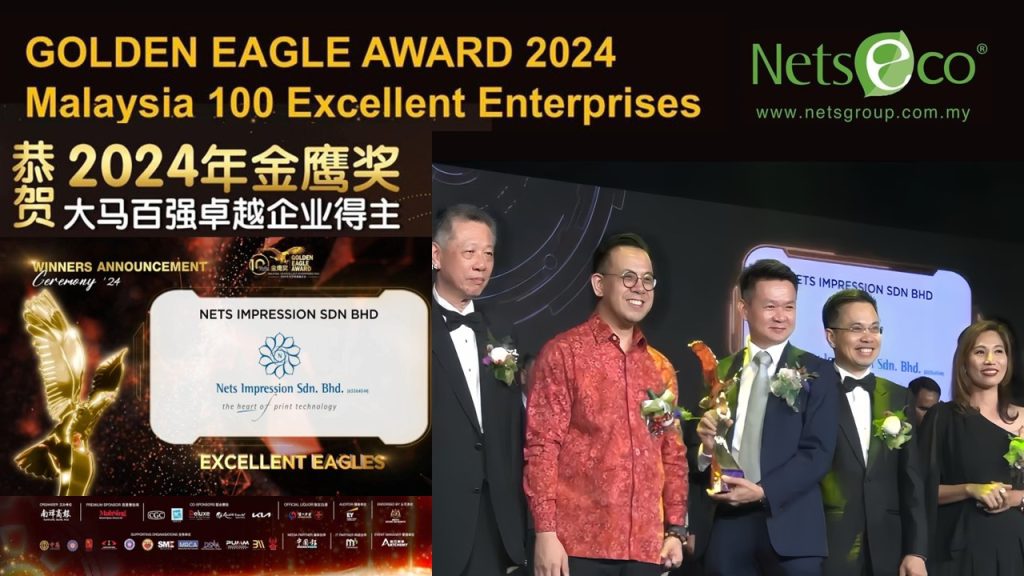
Kuala Lumpur, Malaysia – November 2024 – NetsEco Group, a leader in sustainable printing and packaging solutions, proudly announces that its subsidiary, Nets Impression Sdn Bhd, has been honoured with the prestigious Golden Eagle Award 2024 – Excellent Eagles. This accolade recognizes Nets Impression as one of Malaysia’s Top 100 Excellent Enterprises, setting a benchmark in sustainable innovation and business excellence.
Since its establishment in 1997, NetsEco Group has championed environmental, social, and governance (ESG) principles, pioneering eco-printing solutions in Malaysia. Nets Impression continues this legacy with groundbreaking initiatives, including carbon-neutral printing, FSC® and PEFC-certified materials, and vegetable-based inks.
“We are truly honoured to receive the Golden Eagle Award 2024. This recognition underscores our team’s dedication to transforming Malaysia’s printing industry through eco-conscious innovation,” said Mr. Teh Leong Sim, Managing Director of NetsEco Group. “It strengthens our resolve to push the boundaries of sustainable practices while delivering exceptional value to our clients.”

NetsEco Group: A Leader in Total Sustainability Solutions
NetsEco Group operates with a mission to balance economic, social, and environmental impacts in every business decision. Its operations are structured around three major arms:
- Sustainable Printing and Packaging Total Solutions
NetsEco Group is a trusted provider of eco-printing and packaging solutions that prioritize sustainability without compromising quality.
Key highlights include:
- Nets Printwork: The core driver of sustainable printing innovations, offering eco-printing and eco-packaging solutions supported by Industry 4.0-ready CNC manufacturing facilities.
- Nets Impression: Specializing in offset and digital printing with carbon-neutral solutions, serving businesses seeking environmentally responsible printing options.
- Nets Creative Station, Nets EcoHauz, Nets EcoPac & Nets MyTalents: Providing comprehensive low carbon solutions for industries such as F&B, Retail , manufacturing , pharmaceuticals, events, hospitality & more with innovative products like Kerbau Emas, FibreO, BoArt, and Qurtas, which are responsibly sourced.
- Eco Sense: Sustainability full cycle implementation, professional trainings and consulting
NetsEco Group’s second arm focuses on empowering businesses to embrace sustainability through education, advisory services, and tailored solutions.
Core expertise includes:
-
- Eco Sense Academy: ESG Managers Courses (HRDF claimable)
- Advisory and Assessment Services: Offering clarity and direction for navigating sustainability challenges.
- Sustainability Reporting Assurance: Ensuring compliance with global reporting standards like GRI.
This arm drives innovation and eco-business development, focusing on advanced, integrated solutions for a low-carbon future.
Key services and products include:
- Nets EcoVenture: Building a centralized platform for sustainable business growth and ecosystem collaboration. Services include:
- Comprehensive strategy development for businesses transitioning to sustainability.
- Food Farmery: Sustainable food system solutions, including food labeling checks, food packaging applications, formulation support, training, event management, and carbon footprint assessments.
- EcoWash Global: Water, sanitation, and hygiene solutions featuring waterless and odour-free EcoToilets.
- Nets EcoEnergy: Energy audits, waste management services, waste-to-energy solutions, and innovative 3D printing and sculpting offerings.
A Vision for Malaysia’s Low-Carbon Future
Aligned with Malaysia’s sustainability goals, NetsEco Group remains committed to delivering meaningful contributions to the nation’s green transition. By expanding eco-friendly product lines, reducing emissions, and investing in green technology, NetsEco aims to foster an environmentally conscious community across Asia.
Having received numerous accolades, including the 2024 Steward Leadership 25 (SL25) earlier this year, NetsEco Group continues to inspire businesses in Malaysia and beyond to adopt sustainable practices that balance profitability with environmental stewardship.
For more information about NetsEco Group and its initiatives, visit www.netsgroup.com.my or contact netsecogroup@gmail.com.
About the Golden Eagle Award
The Golden Eagle Award, organized by Nanyang Siang Pau, celebrates Malaysia’s most successful enterprises for outstanding business performance and innovation. This prestigious platform recognizes companies that demonstrate excellence in entrepreneurship and sustainable growth.
NetsEco’s Nets Printwork Honoured as Malaysia’s Sole 2024 SL25 Recipient
NetsEco Group’s Nets PrintWork Honoured as Malaysia’s Sole Recipient in 2024 Steward Leadership 25 (SL25) Awards
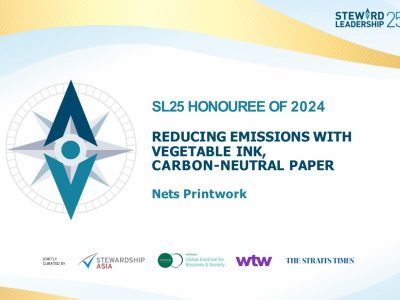
Kuala Lumpur, Malaysia – 1 November 2024 – NetsEco Group, Malaysia’s leading provider of sustainable printing and packaging solutions, is proud to announce that its flagship division, Nets Printwork Sdn Bhd, has been recognised as Malaysia’s only recipient in the esteemed Steward Leadership 25 (SL25) 2024 awards. This honour celebrates the pioneering work behind its project, Reducing Emissions through Vegetable Ink and Carbon-Neutral Paper, highlighting the company’s unwavering dedication to sustainable business practices and eco-friendly innovation.
Organised by the Stewardship Asia Centre in collaboration with INSEAD Hoffmann Global Institute for Business and Society, WTW, and The Straits Times, the SL25 awards acknowledge impactful projects throughout the Asia-Pacific region that exemplify the balance between business success and positive environmental and societal impact. Nets Printwork was chosen from a competitive field of 139 applications across 25 countries, cementing its role as a leader in sustainable printing both locally and regionally.
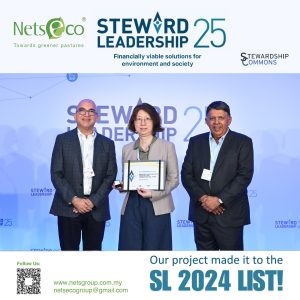
NetsEco Group: A Commitment to Sustainability
Since its founding in 1997, NetsEco Group has championed environmental stewardship through its core principles of sustainability and innovation. Nets Printwork, the Group’s cornerstone, has been a trailblazer in eco-printing. The launch of its Total Eco Printing solutions in 2011 marked a significant milestone, integrating eco-friendly practices throughout all operations and setting new benchmarks in Malaysia’s green printing sector.
The recognition by SL25 acknowledges the project’s innovative use of vegetable-based inks and carbon-neutral paper, which significantly reduces the company’s carbon footprint and aligns with Malaysia’s journey toward a low-carbon economy. “We are honoured to represent Malaysiain the SL25 awards, reaffirming our commitment to sustainable practices,” said Mr. Teh Leong Sim, Managing Director of NetsEco Group. “This achievement motivates us to continue providing accessible, measurable, impactful solutions that empower businesses to meet their sustainability goals.”
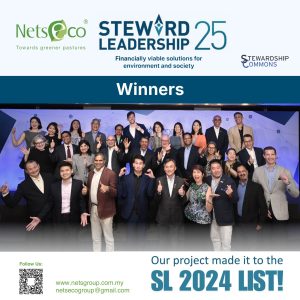
Looking Forward: Pioneering Future Sustainability
NetsEco Group continues to lead the way with its renowned brand, Nets Eco, an FSC®, PEFC, and ISO-certified entity known for its Sustainable Total Solutions. Through these efforts, the Group supports SMEs and multinational corporations in adopting environmentally conscious practices that balance economic growth with social and ecological responsibility (ESG).
Building on this legacy, NetsEco Group is set to expand its eco-friendly offerings, LOW CARBON solutions, advance resource-efficient practices, and further contribute to the development of sustainable supply chains. With a commitment to innovation, the Group remains steadfast in its mission to foster ecosystem building and promote practices that safeguard the environment for future generations.
About Steward Leadership 25 (SL25)
The Steward Leadership 25 is an annual recognition programme that spotlights transformative projects in the Asia-Pacific region that harmonise business growth with meaningful contributions to society and the environment. Led by the Stewardship Asia Centre, SL25 aims to inspire global organisations to embed stewardship at the heart of their strategic endeavours.

Complete Winner’s list: https://www.stewardshipasia.com.sg/newsroom/Details/25-projects-across-15-industries-leading-the-charge-in-steward-leadership
Nets Printwork winning project: http://www.stewardshipcommons.com/article/soo-tyng-teh/2024/10/21/reducing-emissions-with-vegetable-ink-carbon-neutral-paper
For more information on Nets Printwork and its sustainability initiatives, please visit www.netsgroup.com.my or follow us at https://linktr.ee/netsecogroup
Eco Sentido Presents Innovative Sustainability Solutions at MIDA’s DIAF–ESG Launch Event
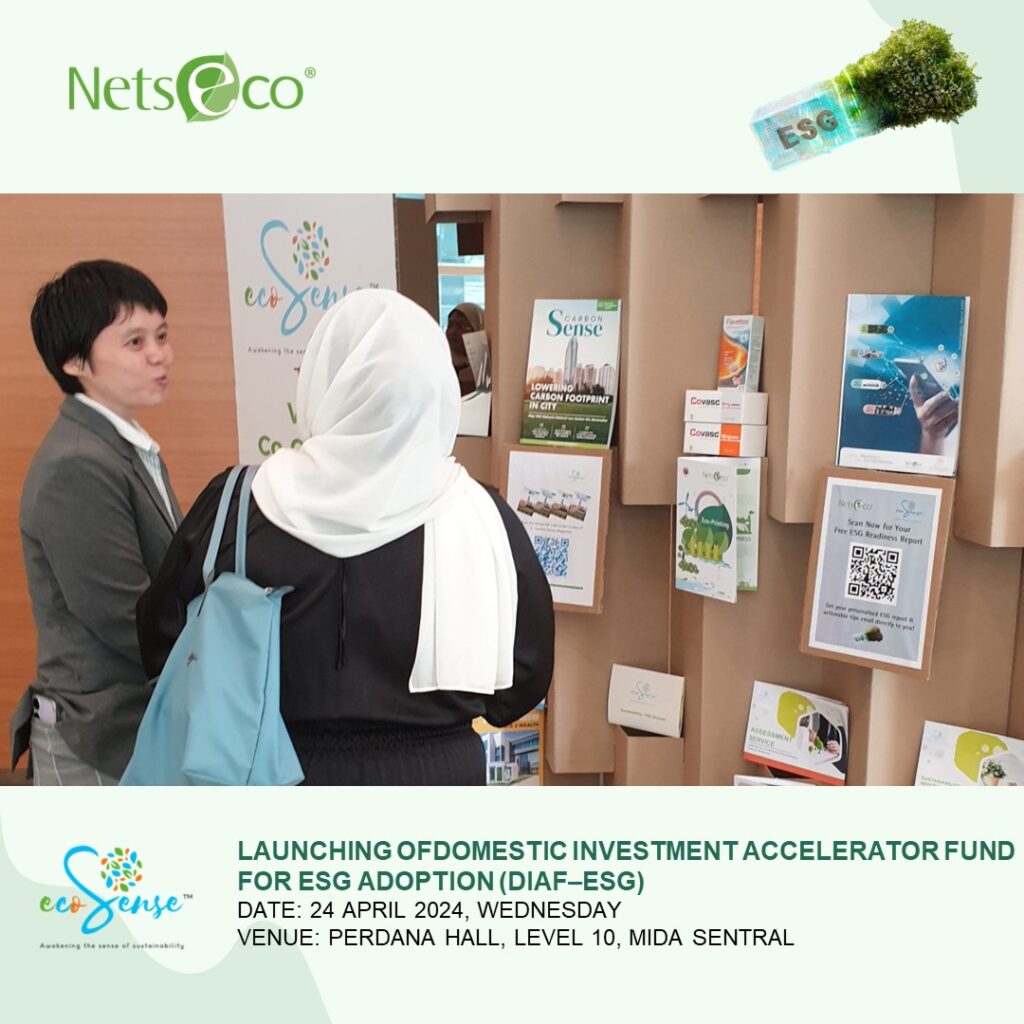
Eco Sentido, a dynamic spin-off company from the esteemed NetsEco Group of companies, showcased its diverse range of services at the Malaysian Investment Development Authority’s (MIDA) Launching of the Domestic Investment Accelerator Fund for ESG Adoption (DIAF–ESG) event on April 24, 2024. Held at the prestigious Perdana Hall, Level 10, MIDA Sentral, the event convened industry leaders, government representatives, and stakeholders to promote Environmental, Social, and Governance (ESG) integration among Malaysian SMEs and Mid-Tier Companies (MTCs).
As a trusted partner in navigating the complex landscape of sustainability, Eco Sentido offers a comprehensive suite of services tailored to empower sustainable strategies. These services include ecosystem development, Eco Office Initiative Project (EOIP), Environment Management System (EMS), Sustainability Report writing, Environment Social and Governance (ESG) reporting, Life Cycle Assessment (LCA), carbon footprint (CFP) analysis, Eco Innovation Management, Eco Design, Green Event Management, and Smart Green Technology implementation towards a low carbon and circular economy.
Backed by tangible solutions supported by NetsEco, Eco Sentido is positioned as the Ecosense Maker, providing a full cycle of sustainability implementation and consulting services. MIDA highlighted the credibility of exhibitors invited to the event, affirming Eco Sentido’s status as a qualified service provider. With a focus on tangible solutions and real impact, Eco Sentido empowers organizations to navigate the complexities of sustainability with confidence.
Collaborating with international partners, Eco Sentido delivers tangible and measurable positive impacts through solutions such as Carbon Accounting, Eco-Office, and the revolutionary Carbon Management Platform ICEP. Besides, Eco Sentido is also the AA1000 licensed assurance provider, one of the few consultancy companies certified with MyHijau Mark.
The unveiling of DIAF–ESG by Deputy CEO, Ms. Lim Bee Vian, signifies a pivotal step in Malaysia’s sustainability journey. The fund offers matching grants to bolster ESG adoption among local SMEs and MTCs, enhancing global competitiveness.
Applications for DIAF–ESG are now open via the InvestMalaysia portal, offering essential support for organizations committed to embracing ESG practices.
Eco Sentido stands ready to provide tailored solutions and guidance to entities seeking to leverage the grant for sustainable growth.
For more information, please visit the application guideline:
https://www.mida.gov.my/…/2024/04/DIAF-ESG-Guideline.pdf
Summary:
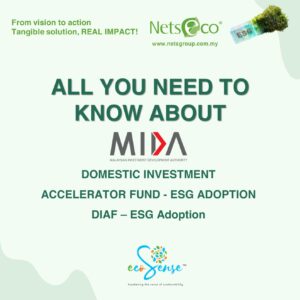
Contact Information:
Email: netsecogroup@gmail.com or info@ecosense.com.my
NetsEco Unveils Plastic-Free Solutions: FIBREO, QURTAS & BOART, Presented at DBKL TEH HIJAU Event
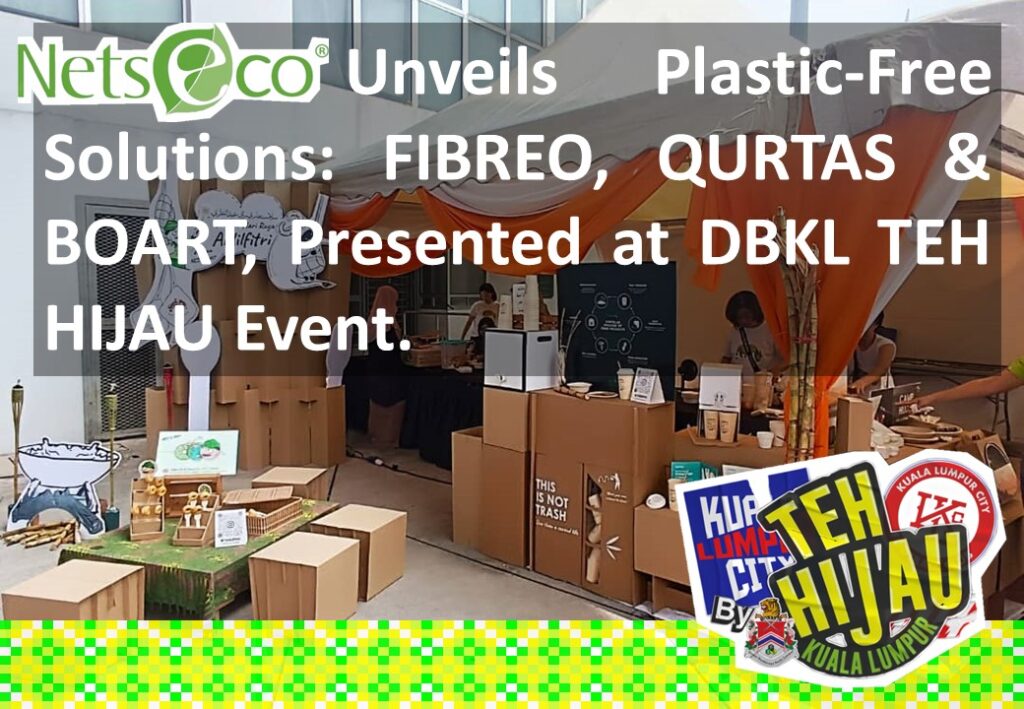
[Kuala Lumpur, Malaysia – April 20, 2024] – NetsEco, championed by Nets My Talent & Nets Creative Station, companies under the NetsEco Group, showcased revolutionary sustainable solutions at the DBKL TEH HIJAU Event, held at Stadium Bola Cheras on April 20. The event marked a significant step towards Kuala Lumpur’s transition into a plastic-free city, with NetsEco leading the charge with its innovative offerings.

Gratitude and Recognition
NetsEco extends its gratitude to DBKL for the invitation to participat
e in The Teh Hijau Kuala Lumpur programme. The opportunity to exhibit our sustainable solutions and contribute to Kuala Lumpur’s environmental goals was an honor. We also extend special thanks to YBhg Datuk Seri Sr Haji Kamarulzaman bin Mat Salleh, Datuk Bandar Kuala Lumpur, for gracing our booth with his presence and showing unwavering support for our mission.
Commitment to Sustainability
Reflecting on our participation, NetsEco remains steadfast in its commitment to spearheading sustainability initiatives. The positive reception and feedback received at The Teh Hijau Kuala Lumpur programme reaffirm our dedication to innovating and advocating for eco-friendly practices. We are resolute in our pursuit of expanding our range of solutions and forging partnerships with like-minded entities to foster a more sustainable future for Kuala Lumpur and beyond.
Introducing Our Eco-Friendly Solutions
NetsEco proudly introduces FIBREO, QURTAS, and BOART—groundbreaking products poised to redefine sustainability standards:
- FIBREO: Crafted primarily from Bagasse or bamboo, FIBREO offers unparalleled versatility and durability, setting a new benchmark for green alternatives.
- QURTAS: Inspired by the Bahasa Malaysia word “Kertas” (paper), embodies the essence of sustainability. Crafted from sustainably sourced paper, QURTAS offers a range of products that are renewable, recyclable, compostable, and biodegradable.
- BOART: Beyond its function as an event display, BOART represents the perfect synergy between sustainability and aesthetics, serving as a captivating centerpiece for any occasion.
Eco-Friendly Solutions in Detail

- Elegant Single-Use Paper Tea Sets: Crafted from eco-friendly Bagasse Pulp, these sets elevate your tea-drinking experience with their sophisticated design and practicality. Each set includes a double-layer teapot, teabags, teacups, and a tray, making it perfect for both indoor indulgence and outdoor adventures.
- Versatile Drinks Sets and Paper Drink Dispenser: Our range of paper cups and the innovative paper-made drink dispenser are perfect for serving cold drinks at any event or gathering. Embrace sustainability without sacrificing convenience or style, ensuring a refreshing and eco-friendly beverage experience for all.
- Multifunctional 2-in-1 Grill & Steamboat Set with Paper Pot: perfect for eco-conscious picnics and gatherings. This innovative set offers a grill for barbecue delights and a paper pot for steamboat pleasures, ensuring a versatile culinary experience without harming the environment.
Join Us in Paving the Way Towards a Greener Future
With FIBREO, QURTAS, and BOART, NetsEco empowers individuals and businesses to make informed choices that contribute to a sustainable future. The Teh Hijau Kuala Lumpur programme showcased the immense potential of collaboration and innovation in driving positive environmental change. NetsEco is proud to have played a pivotal role in this endeavor and remains committed to building a cleaner, greener future for generations to come. Join us in our journey towards a plastic-free future—one eco-friendly solution at a time.
xplore NetsEco’s 2023 Journey: A Quick Online Read
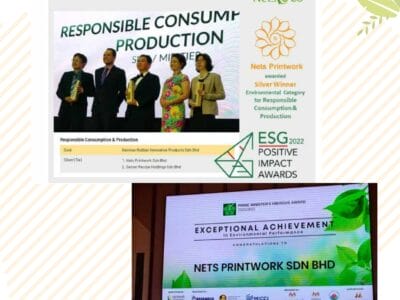 Step into the world of NetsEco’s 2023 journey with our online newsletter! As we wrap up the year, we’re excited to share our successes, challenges, and the incredible moments that shaped our path.
Step into the world of NetsEco’s 2023 journey with our online newsletter! As we wrap up the year, we’re excited to share our successes, challenges, and the incredible moments that shaped our path.
Highlights of 2023: Celebrate with us as we proudly bagged two remarkable awards – the Environment, Social and Governance (ESG) Positive Impact Awards and the Prime Minister’s Hibiscus Award. These accolades recognize our commitment to sustainability and responsible practices.
Thanks to Our Team: A big shout-out to our amazing employees, especially the sustainability team, whose hard work fueled our success. They are the driving force behind our strides in sustainability.
Discover Our Sustainability Journey: Participating in these awards gave us valuable insights into our journey. We’re thrilled to see more companies joining us in making sustainable choices. Dive into our newsletter to explore our initiatives and stories.
Commitment to Net Zero: Join us in the commitment to achieve net-zero emissions by 2050. It’s a big goal, and we need your support and collaboration. Let’s make a difference together!
Read Now: Click her NetsEco Group_Enews Letter Vol 42_2023 to read our 2023 newsletter. It’s a quick, easy, and enjoyable way to stay updated on our journey towards sustainability.
Thank you for being part of our community. Together, let’s make 2023 a year to remember!
Fibreo: Your Path to Sustainable Food Ware in Malaysia’s ESG Revolution
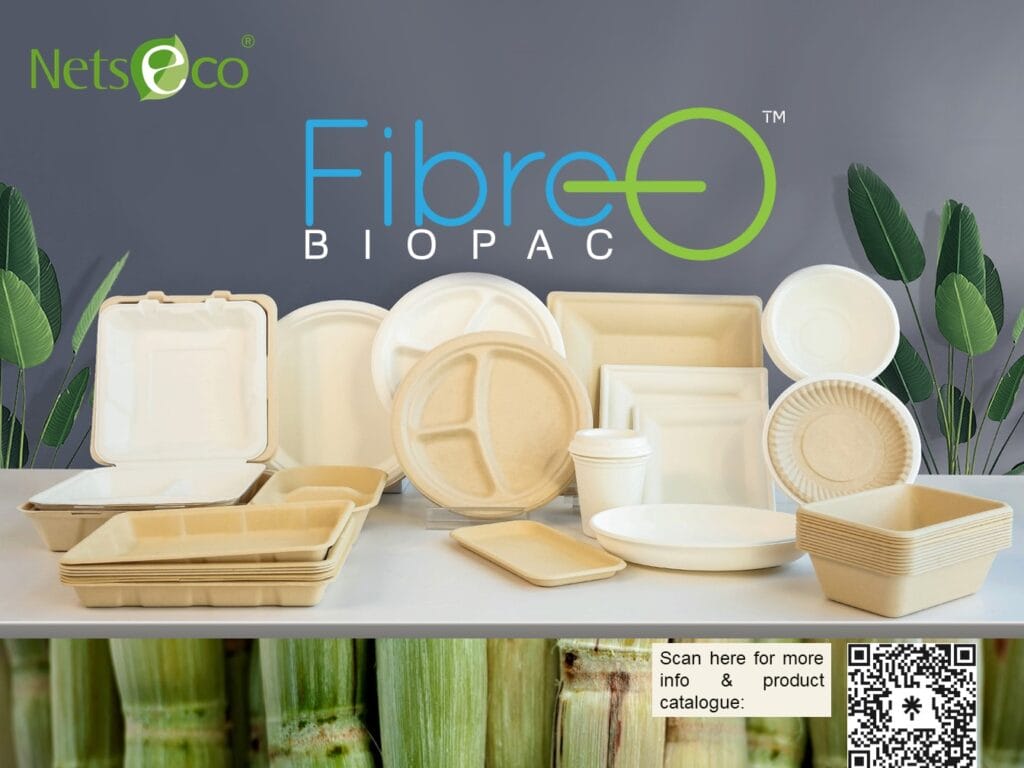
Introduction
NetsEco Group, a beacon of sustainable excellence, has been dedicated to environmental, social, and governance (ESG) principles for over two decades. Our latest solutions, FibreO Sustainable Food Ware Series, promises to be a game-changer in the world of eco-friendly food service. In this article, we will explore how FibreO can not only elevate your brand but also align with the growing emphasis on Environmental, Social, and Governance (ESG) criteria in Malaysia.
The Urgent Need for Sustainability
The sustainability movement is more than just a trend; it’s an imperative. Environmental issues are gaining global attention, and for a good reason. Did you know that approximately 8 million metric tons of plastic enter the oceans every year, harming marine life and ecosystems? This environmental concern has prompted FibreO to craft a range of eco-friendly, biodegradable food packaging solutions to meet today’s eco-conscious demands.
Malaysia’s Commitment to ESG Standards
With the launch of iESG framework, Malaysia is actively advancing its commitment to ESG standards, focusing strongly on governance. Recent data shows that over 90% of Malaysian companies have started to integrate ESG practices into their operations, with an increasing emphasis on sustainable and ethical governance. By choosing FibreO, your brand can align seamlessly with Malaysia’s evolving ESG landscape, strengthening its commitment to environmental and social responsibility.
Reducing Carbon Footprints
Addressing carbon emissions is central to any ESG conversation. Globally, the food and beverage industry accounts for a significant share of carbon emissions. FibreO’s eco-friendly products contribute to efforts to reduce this carbon footprint. By adopting FibreO’s Sustainable Food Ware, your organization can significantly reduce the carbon impact of disposable food service items.
Your Brand and the FibreO Advantage
Incorporating FibreO’s Sustainable Food Ware into your brand’s story isn’t just about the product; it’s about making a meaningful statement. It’s saying that your brand is actively addressing environmental concerns, and this commitment resonates strongly with today’s eco-conscious consumers who are making data-driven choices. In fact, recent surveys show that over 70% of consumers are willing to pay more for products from environmentally responsible companies.
FibreO’s Unique Features for Food Packaging
“FibreO” offers a remarkable set of features making it an ideal choice for food and beverage packaging:
- Natural Water and Grease Resistance: No added chemicals are required to make “FibreO” resistant to water and grease, ensuring the freshness and quality of your food. Over 80% of consumers consider packaging materials that prevent leakage and maintain food quality as crucial.
- Microwave and Freezer Compatibility: It’s designed to be microwave and freezer safe, adding convenience to your customers’ dining experience. Approximately 64% of consumers prefer packaging that is both microwave and freezer safe.
- Outstanding Thermal Properties: With a wide temperature range from -25°C to 220°C, it’s suitable for both hot and cold food items. Did you know that temperature-resistant packaging can help reduce food waste, a critical sustainability issue?
- Durability and Strength: “FibreO” outperforms traditional materials like polystyrene and paper, ensuring your packaging remains intact during handling and transportation, thus reducing the need for additional packaging and waste.
- Insulation Capabilities: “FibreO” excels at maintaining the temperature of its contents, keeping hot foods warm and cold items chilled. Approximately 70% of consumers value packaging that helps maintain food temperature.
- Biodegradability: Environmentally friendly and only degrades under specific composting conditions, perfectly aligned with sustainability goals. According to a recent survey, 65% of consumers prefer packaging that is biodegradable.
Incorporating “FibreO” into your food and beverage packaging enhances functionality and quality while aligning your brand with sustainability and eco-conscious consumer preferences.
The Future is Sustainable
Integrating FibreO’s Sustainable Food Ware Series into your brand isn’t just a step; it’s a leap into a greener, eco-friendly future. Our current series of Fibreo is mainly made from Bagase ( sugarcane) or bamboo, new range of product using palm fibre, kenaf fibre & etc will be soon ready on marker.
It’s a future where data and facts show that environmentally responsible choices lead to stronger brand loyalty and a healthier planet.
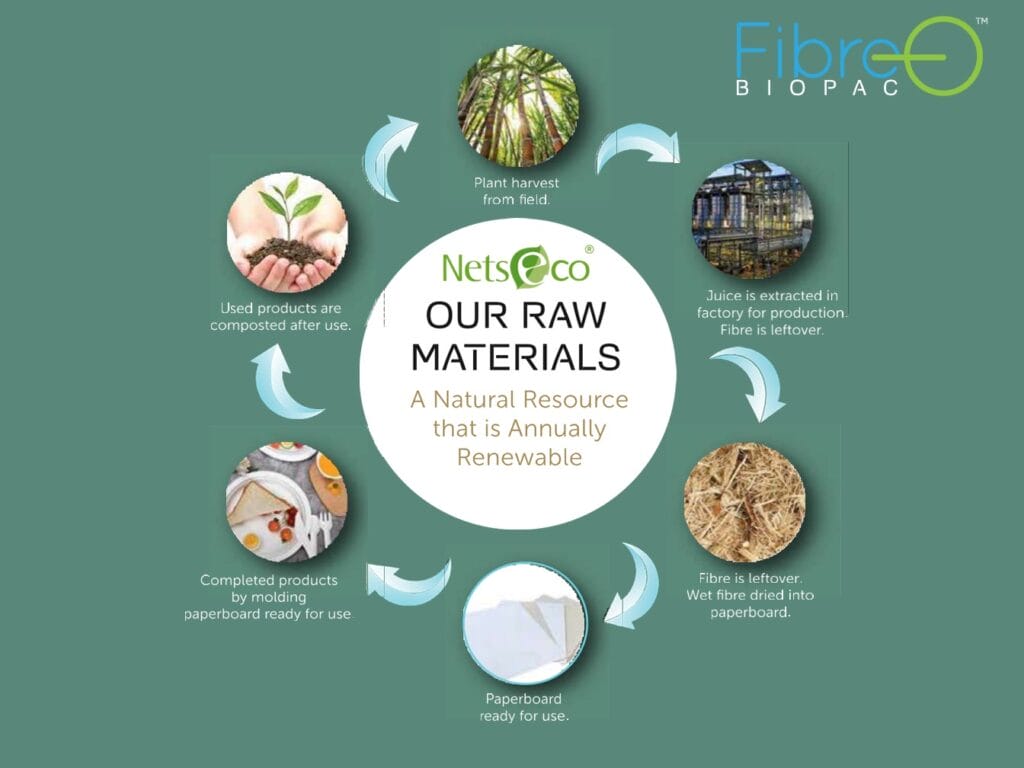
Other ESG ready FoodWare series: QURTAS
At QURTAS, we’ve harnessed the remarkable potential of paper, a natural fiber sourced from our lush Malaysian forests. Its renewability, recyclability, compostability, and biodegradability make it a sustainability superstar. By choosing paper-based products, you’re taking a significant step in reducing plastic waste and promoting a cleaner, more eco-responsible Malaysia.
In Conclusion
Elevate your brand with FibreO’s Sustainable Food Ware Series. By choosing FibreO, you’re not merely embracing an eco-friendly product; you’re choosing a path aligned with global sustainability goals and Malaysia’s evolving ESG initiatives. Join us in the movement toward a more sustainable future, supported by data and driven by the urgent need for change. Make FibreO an integral part of your brand’s story and distinguish yourself as a leader in eco-friendly dining.
Download Fibreo Product Brochure here: Fibreo Food Ware
Or talk to us:
+ 03 89452208
+012-663 4634 (Esther Lum)
Eco Sentido’s ESG Manager Courses: Your Path to Mastering ESG in Malaysia
In the midst of Malaysia’s resolute commitment to sustainability and the Industry Environmental, Social, and Governance (i-ESG) Framework, Eco Sentido’s ESG Manager Courses emerge as the definitive pathway for individuals and organizations to harness the transformative power of ESG principles. Our courses are meticulously crafted to empower ESG managers, professionals, and enthusiasts with the knowledge and skills required to navigate the dynamic landscape of Environmental, Social, and Governance responsibilities.
ESG Manager Courses: Empowering ESG Leaders
As the i-ESG Framework takes center stage, signaling Malaysia’s determined march toward sustainability, Eco Sentido’s ESG Manager Courses become your compass, guiding you through the intricacies of ESG management. These courses have been thoughtfully designed to align with Malaysia’s sustainability vision and empower ESG managers with actionable insights tailored to the unique Malaysian business environment.
Course Highlights:
Our ESG Manager Courses are not just a learning experience; they are a journey towards ESG excellence. Here’s what sets us apart:
Tailored for Malaysia’s Business Landscape: We understand that ESG management isn’t a one-size-fits-all endeavor. Our courses are customized to address the specific challenges and opportunities within Malaysia’s diverse business sectors, ensuring that you acquire knowledge that is directly applicable to your professional role.
Interactive Learning Experience: Get ready for a dynamic, interactive learning adventure. Our courses foster engagement through discussions, practical case studies, and hands-on exercises. You won’t just absorb information; you’ll actively apply it.
Actionable Insights: ESG isn’t about theory alone; it’s about tangible results. Our experienced trainers bridge the gap between theory and practice, equipping you with actionable insights that can be immediately implemented in your ESG management role.
Networking Opportunities: When you join our ESG Manager Courses, you become part of a vibrant community of ESG enthusiasts and professionals. Collaborate, exchange ideas, and build lasting connections with like-minded individuals committed to driving positive change.
November Course Overview
Dive into the essence of our ESG Manager Courses:
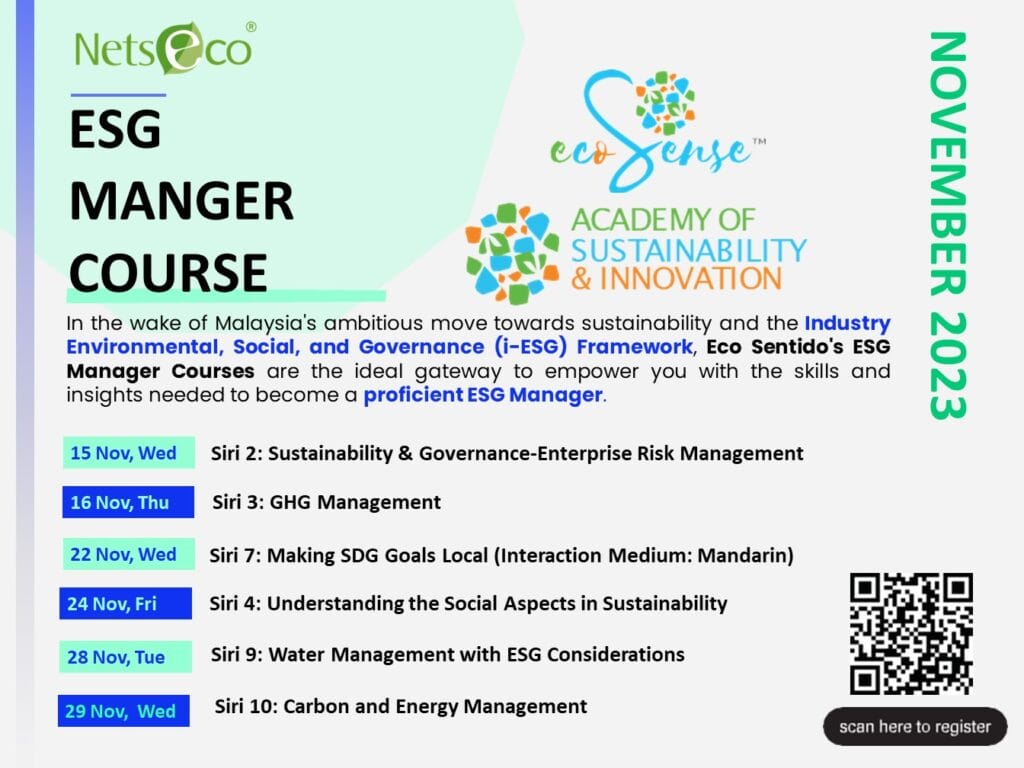
Bangi Resort Hotel (For All Except Siri 7)
Eastin Hotel Kuala Lumpur (Siri 7)
Siri 2, 3, 4, 9, 10: RM1100.00 per pax
Early Bird (before 1 Nov 2023): RM850.00 per pax
Register 2 courses: RM1500.00/pax (save RM700.00)
Register 3 courses: RM2160.00/pax (save RM1140.00)
Register 4 courses: RM2880.00/pax (save RM1520.00)
Register 5 courses: RM3600.00/pax (save RM1900.00)
(Early Bird until 6 Nov 2023)
Ready to make a difference? Register now: https://lnkd.in/gtkYDnDG
Introducing QURTAS: From Plate to Planet – ESG-Ready Food Ware for a Greener Future

/fibreo-your-path-to-sustainable-food-ware-in-malaysias-esg-revolution
In a world that’s increasingly conscious of the importance of sustainable choices, QURTAS shines as a beacon of change. The name, inspired by the Bahasa Malaysia word “Kertas,” which means “paper,” signifies our core mission: providing eco-friendly packaging solutions for Food & Beverage, QURTAS is more than just food ware; it’s your ticket to environmental, social, and governance (ESG) excellence. At NetsEco, we are excited to take you on a journey through our dedication to sustainability, right here in Malaysia.
Harnessing the Power of Paper
At QURTAS, we’ve harnessed the remarkable potential of paper, a natural fiber sourced from our lush Malaysian forests. Its renewability, recyclability, compostability, and biodegradability make it a sustainability superstar. By choosing paper-based products, you’re taking a significant step in reducing plastic waste and promoting a cleaner, more eco-responsible Malaysia.
Our Unwavering Commitment to Sustainability
Sustainability isn’t just a buzzword for us; it’s our guiding principle. When you choose QURTAS, you’re choosing a partner that values ethical and sustainable practices. We carefully source our paper and paperboard materials from respected Malaysian paper mills known for their responsible forestry practices.
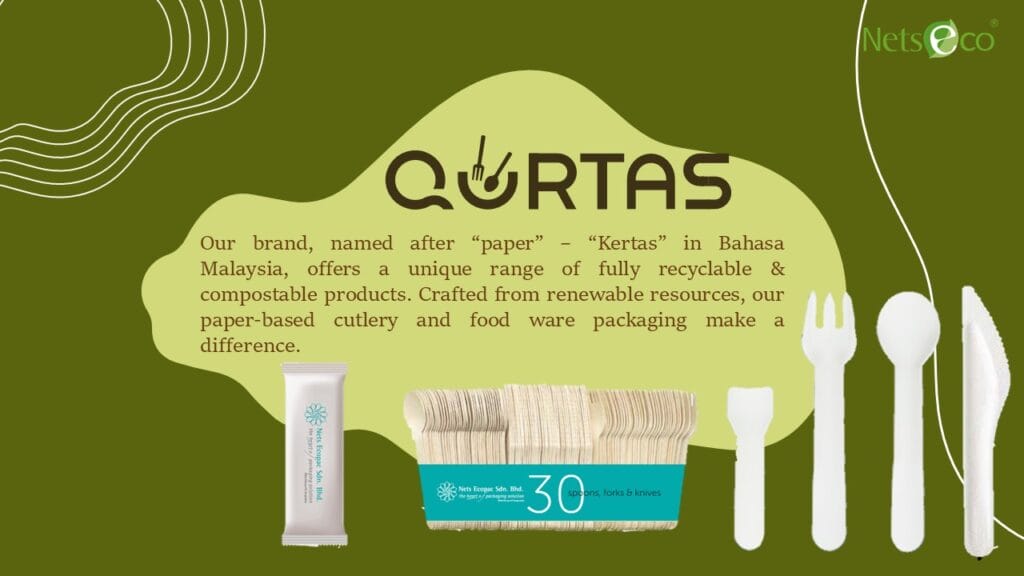
Sustainably Sourced Materials
We’re proud to say that all the pulp used in our paper and kraft manufacturing comes from sustainably sourced Malaysian forests. Our products meet the most stringent sustainable forest standards, ensuring they adhere to the highest environmental and ethical criteria.
NetsEco Group stands as one of the pioneers in Malaysia to adopt FSC® certified printing. Since obtaining FSC® certification in January 2011, Nets Printworks has consistently passed annual audits to comply with the FSC® Chain of Custody standard. We go beyond just offering FSC® certified paper; we embrace sustainable printing methods and take significant steps to combat climate change by offsetting carbon emissions for our clients. NetsEco offers carbon footprint calculation services based on ISO 14040 and ISO 14067, allowing our clients to display carbon footprint labels on their company’s printed products and marketing materials. This comprehensive approach to sustainability reflects NetsEco Group’s commitment to making green printing a reality in Malaysia.
Discover the QURTAS Difference
QURTAS offers a diverse range of paper-based cutlery and foodware packaging. When you choose QURTAS, you’re not just selecting products; you’re making a conscious decision to embrace sustainability in your Malaysian food service establishment.

Why Choose QURTAS?
- Sustainability: The QURTAS brand is synonymous with sustainability. Whether you’re looking for products made from widely recyclable materials or aiming for full compostability, we have compelling features that you can proudly promote in Malaysia.
- Quality: We understand that sustainability shouldn’t compromise quality. Our paper-based products are not only eco-friendly but also durable, ensuring they can meet the demands of your Malaysian food service needs.
- Environmental Responsibility: By choosing QURTAS, you’re actively supporting ethical forestry practices and contributing to a circular economy in Malaysia. Our products can be easily recycled, composted, and biodegraded, reducing waste and preserving our beautiful country.
- Total Solutions: QURTAS food ware can be fully composted by food waste composting machines within 24-48 hours, eliminating the need to separate your food ware from food waste. Embrace sustainability effortlessly! We have partnered with food waste machine solutions providers who offer comprehensive food waste management solutions, including compost collection services that support Malaysian farmers and tree-planting programs.
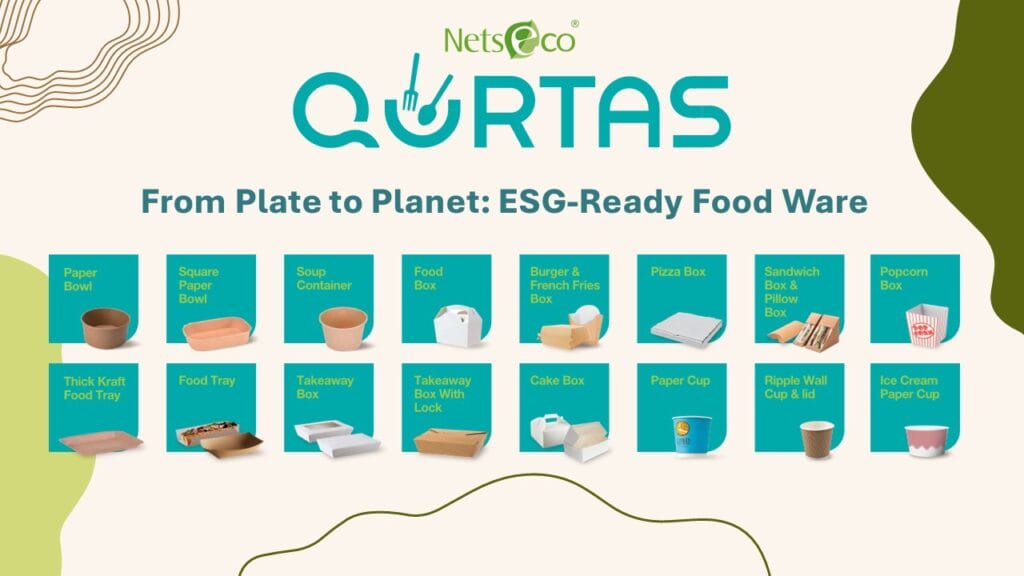
Be a Part of the Sustainability Movement
At QURTAS, we extend an invitation for you to join us in our mission towards a more sustainable Malaysia. Together, we can make a significant impact by choosing eco-conscious products that benefit our beautiful nation. Embrace the QURTAS brand and let’s work together to create a Malaysia where sustainability is not the exception but the guiding principle.
From Plate to Planet: Elevate ESG Standards with QURTAS
QURTAS offers more than just food ware; it’s your key to attaining excellence in environmental, social, and governance (ESG) practices right here in Malaysia. Join us in our endeavor to make Malaysia a better place, one meal at a time.
Explore QURTAS Products: Elevate Your Malaysian Food Service
Are you prepared to unlock the unique advantages of QURTAS in your Malaysian food service establishment? Explore our range of eco-friendly products today and take a significant step toward a greener and more sustainable future, right here in Malaysia.
Download Our product brochure here: QURTAS ESG READY FOODWARE
Visit our office at MRANTi Technology Park, Malaysia:
Nets EcoPac Sdn Bhd
https://maps.app.goo.gl/sQAmw3xnvVRvCbSEA
UNIT 1 & 2, CNC Ground Floor Machining Training Jalan
Teknologi 8 Taman Teknologi Malaysia 57000 Kuala Lumpur
W.P. Kuala Lumpur, Malaysia
Eco Sense’s Sustainability Reporting Assurance: Building Trust in ESG Disclosures

/eco-senses-sustainability-reporting-assurance-building-trust-in-esg-disclosures
In a world where environmental, social, and governance (ESG) factors play an increasingly crucial role in business, ensuring the accuracy and transparency of your ESG disclosures is paramount. As organizations strive to meet regulatory requirements, reduce risks, and inspire stakeholders with their commitment to sustainability, Eco Sense is here to be your trusted partner on this transformative journey. Eco Sense, a dynamic spin-off company from the esteemed NetsEco Group of companies, is at the forefront of this sustainability revolution, offering a range of cutting-edge services designed to empower organizations on their sustainability journey.
Highlight on Sustainability Reporting Assurance
Sustainability Reporting Assurance: At Eco Sense, we understand that the foundation of a sustainable future lies in accurate and credible ESG reporting. Our Sustainability Reporting Assurance service, launching in September 2023, empowers organizations to demonstrate their environmental, social, and governance (ESG) accountability accurately and consistently. This service is tailored, especially for those committed to following the GRI standards for their Sustainability reporting /ESG Disclosures
Our service covers a wide array of essential areas:
Completeness and Compliance Examination: We meticulously examine your sustainability/ESG reports, ensuring they meet the necessary standards and regulations.
Identification of Omitted Data: We leave no stone unturned, identify any data or information that should have been included but may have been omitted.
Independent Comments: We provide unbiased, independent comments on your ESG targets, impacts, shortcomings, and recommendations, helping you make informed decisions.
Performance Assessment: Our experts assess your sustainability/ESG reporting, offering insights and interpretations of the reported data and performance.
Why Choose Eco Sense?
More than an assurance: As a spin-off of NetsEco Group of companies, Total Sustainability Solutions Provider. Specializing in ESG compliance, carbon neutrality, and SDG advancement, we empower individuals and businesses to achieve sustainable goals.
Comprehensive Solutions: From ESG reporting assurance to office sustainability and carbon footprint analysis, we offer a holistic approach to sustainability, such as Carbon Footprint calculation, GHG reporting, Eco Packaging, Eco Printing, Carbon Credit offset, Sustainable AgriFood-Tech &etc
Sustainability Transformation: Our services aren’t just about compliance; they drive transformation, helping you become a sustainability leader in your sector.
NetsEco, Making Sustainability Achievable
The Power of FSC® Certified Paper: Sustainable Solutions by NetsEco
As the global movement towards sustainability gains momentum, businesses in Malaysia are increasingly recognizing the importance of eco-friendly solutions that align with responsible practices. Among the leaders in the eco-friendly printing industry, NetsEco Group of Companies proudly presents FSC® certified paper—a game-changer for businesses committed to sustainability and responsible sourcing. In this blog post, we will delve deeper into the significance of FSC® certified paper, shed light on the Malaysian business landscape, and reveal how choosing NetsEco’s eco-friendly solutions can lead to remarkable business growth and success.

Understanding FSC® Certified Paper:
At the heart of NetsEco Group’s commitment to sustainability is FSC® certified paper. The Forest Stewardship Council (FSC®) certification ensures that the paper comes from responsibly managed forests, considering both environmental and social aspects. This coveted certification serves as a symbol of trust and sustainability, guaranteeing better outcomes for forests, people, and markets—not just for today, but for generations to come. NetsEco’s impressive array of FSC® Certified Papers offers a wide variety of colors, sizes, and weights, making it effortlessly convenient for businesses to make the environmentally-conscious choice that aligns with their specific needs.
FSC® Certified Paper: A Green Choice for Malaysia’s Business Landscape:
- Rising Environmental Awareness in Malaysia: The Malaysian business landscape is experiencing a remarkable shift towards environmental consciousness. With mounting concerns about climate change and deforestation, consumers and businesses alike are actively seeking eco-friendly alternatives. NetsEco Group’s FSC® certified paper expertly addresses these concerns by providing a sustainable and responsible choice.
- FSC® Certification – A Globally Respected Standard: The Forest Stewardship Council (FSC®) is an internationally recognized certification organization dedicated to promoting responsible forest management. NetsEco’s FSC® certification ensures that the paper they source comes from well-managed forests, safeguarding biodiversity and respecting the rights of indigenous communities and workers.
- NetsEco’s Sustainable Printing Total Solutions: NetsEco Group stands out as one of the early adopters of FSC® certified printer. Since obtaining FSC® certification in January 2011, Nets Printworks has consistently undergone annual audits to comply with the FSC® Chain of Custody standard. However, NetsEco’s commitment to sustainability goes beyond just offering FSC® certified paper. They embrace sustainable printing methods and take significant steps towards combatting climate change by offsetting carbon emissions for their clients. NetsEco offers carbon footprint calculation services based on ISO 14040 and ISO 14067, empowering their clients to display carbon footprint labels on their company print products and marketing materials. This comprehensive approach to sustainability highlights NetsEco Group’s dedication to making green printing a reality.
How Choosing NetsEco’s FSC® Certified Paper Can Benefit Your Business:
- Enhance Brand Reputation: In the competitive Malaysian market, businesses that wholeheartedly embrace sustainability and environmental responsibility stand out. By utilizing NetsEco’s FSC® certified paper, your business can bolster its reputation as an environmentally conscious brand, attracting eco-conscious consumers [Source: Nielsen Global Corporate Sustainability Report].
- Tapping into the Global Market: With businesses around the world prioritizing ESG (Environmental, Social, and Governance) considerations, FSC® certification has emerged as a valuable asset. NetsEco’s FSC® certified paper empowers Malaysian businesses to confidently approach international markets, where sustainable practices are highly sought after.
- Building Customer Trust: In the contemporary landscape, transparency and authenticity are paramount for winning customer trust. FSC® certification provides a credible verification of your sustainability claims. By choosing NetsEco’s FSC® certified paper, your business showcases its commitment to eco-friendly practices, establishing trust with environmentally aware customers [Source: Cone Communications CSR Study].
- Meeting Green Procurement Demands: As more organizations adopt green procurement policies, choosing NetsEco’s FSC® certified paper positions your business as an environmentally responsible supplier. With FSC® certification meeting the “E” in ESG (Environmental, Social, and Governance), your company gains a competitive advantage in securing contracts with organizations that prioritize sustainability in their procurement decisions.
- A Positive Impact on ESG Considerations: Partnering with NetsEco Group to integrate FSC® certified paper into your procurement practices strengthens your ESG profile. By showcasing your commitment to environmental responsibility, your business actively contributes to a broader ESG-focused business landscape.
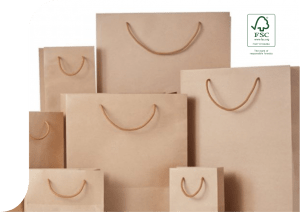
In Malaysia’s evolving business landscape, embracing sustainability is not just a choice but a necessity. NetsEco Group’s FSC® certified paper provides a powerful tool for businesses seeking eco-friendly solutions that resonate with the country’s growing environmental awareness. By choosing NetsEco’s FSC® certified paper, your business can enhance its brand reputation, access global markets, build customer trust, and meet the demands of green procurement. Together, let’s create a greener, more sustainable future for Malaysia’s businesses and our planet. By making the strategic decision to embrace eco-friendly practices, your business takes a meaningful step towards achieving remarkable growth and success.
Be the Eco-Leader Your World Needs with NetsEco- Enroll Now in the ESG Manager Courses!
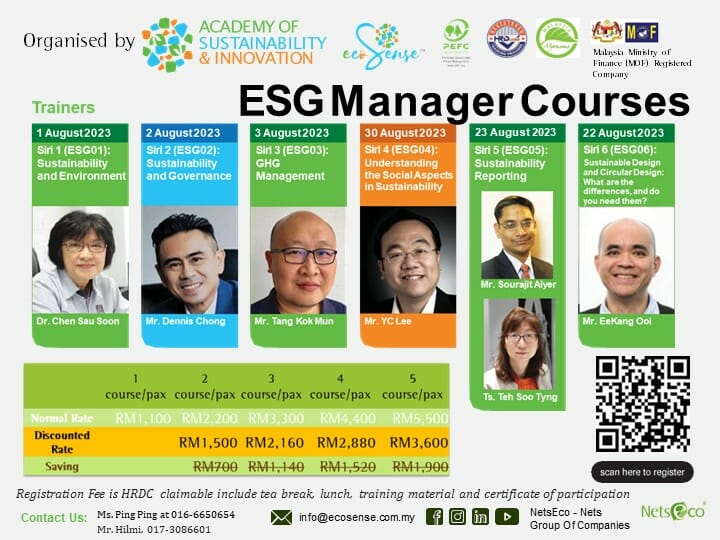
NetsEco helps to elevate Your Career with ESG Manager Courses!
Are you ready to take your career to new heights while making a positive impact on the world? Join the ESG Manager Courses curated by EcoSense, a company from NetsEco Group, and become a sustainability leader!
Unlock Your Leadership Potential: In today’s rapidly changing world, sustainability has become a driving force for businesses seeking success and global impact. Embracing Environmental, Social, and Governance (ESG) initiatives not only strengthens organizations but also paves the way for a greener and more sustainable future. And here’s the good news – you have the power to become a leader in this transformative movement!
Meet Your Key Trainer: Ts. Teh Soo Tyng
With over 13 years of pioneering sustainability management, Sustainability Director of NetsEco Group, Ts. Teh Soo Tyng stands as a true eco-visionary. Her accomplishments include establishing carbon footprints for printed materials, expertise in eco-conception, life cycle assessment (LCA), carbon footprint (CFP) analysis, and sustainability reporting (SR). Recognized as the National Industry Expert and Panel NOSS by the Ministry of Human Resources Malaysia, she proudly holds the Certified Sustainability Practitioner title from the Institute of Certified Sustainability Practitioners. As a certified trainer cum assessor, WELL Accredited Professional (WELL AP), and International Sustainability and Carbon Certification (ISCC) auditor, she is the guiding light you need to shine in the world of sustainability.
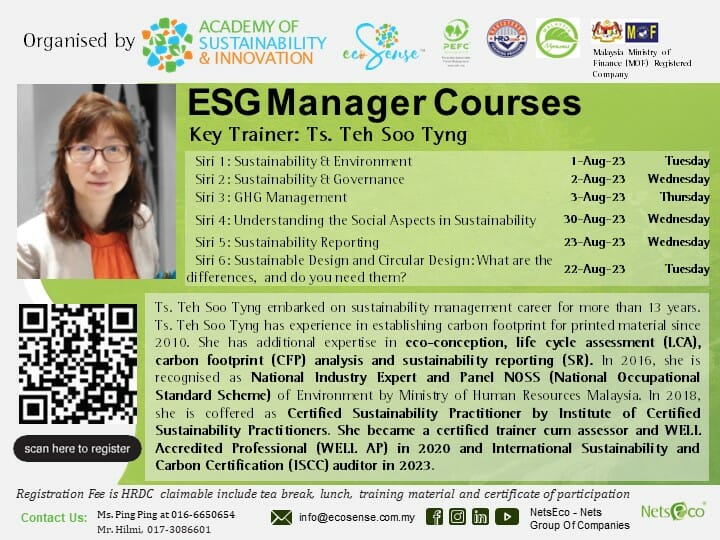
Why ESG Matters – The Bigger Picture:
Sustainability is not just a buzzword; it’s a critical aspect of business success in the 21st century. By investing in ESG practices, companies create a positive ripple effect that reaches far beyond their balance sheets. From reducing environmental impact to enhancing social equity and good governance, ESG initiatives lay the groundwork for a thriving planet and society. And as a skilled ESG manager, you can be at the forefront of this transformative wave!
Unleash Your Potential – What You’ll Learn: The ESG Manager Courses are designed to equip you with the skills and knowledge needed to excel in the field of sustainability. Throughout the courses, you will:
- Master Sustainability Essentials: Delve into the principles and importance of sustainability and environmental protection. Understand the major challenges facing our planet and explore successful environmental initiatives through real-life case studies.
- Lead with Governance: Learn the significance of governance principles in sustainability efforts. Understand the ethical implications of business decisions and discover the power of transparency and stakeholder engagement.
- Champion GHG Management: Dive into the world of greenhouse gas emissions and their impact on climate change. Explore carbon pricing initiatives, technology-driven GHG management, and innovative strategies for GHG reduction.
- Drive Social Impact: Grasp the significance of social aspects in sustainability and their effect on communities. Empower yourself with knowledge of social equity, community engagement, responsible investing, and measuring social sustainability performance.
- Empower Sustainable Reporting: Understand the importance of sustainability reporting and discover various reporting frameworks. Learn to collect, analyze, and prepare sustainability reports while engaging effectively with stakeholders.
- Innovate with Sustainable Design: Embrace the principles of sustainable design and circular economy concepts. Explore eco-design, biomimicry, and cradle-to-cradle concepts, unlocking sustainable innovation opportunities.
Course Highlights:
- ESG01: Sustainability and Environment
- Key Trainer: Ts. Teh Soo Tyng | Guest Trainer: Dr. Chen Sau Soon
- Outline: Unlock the principles of sustainability, tackle environmental challenges, and dive into real-world case studies.
- Objectives: Harness a deep understanding of sustainability, explore impactful environmental practices, and envision a greener future.
- Download Program Brochure: Manager ESG Siri 1
- ESG02: Sustainability and Governance
- Key Trainer: Ts. Teh Soo Tyng | Guest Trainer: Mr. Dennis Chong
- Outline: Unravel the importance of governance principles, ethical decision-making, CSR significance, transparency magic, and sustainable supply chains.
- Objectives: Master the art of sustainability and governance, empower ethical business practices, and become a stakeholder engagement champion.
- Download Program Brochure: Manager ESG Siri 2
- ESG03: GHG Management
- Key Trainer: Ts. Teh Soo Tyng | Guest Trainer: Mr. Tang Kok Mun
- Outline: Understand the climate-changing realm of greenhouse gases, manage GHGs like a pro, embrace carbon pricing, and embrace tech-driven solutions.
- Objectives: Comprehend the impact of GHGs on the environment, unleash effective GHG reduction strategies, and harness innovation for a carbon-neutral future.
- Download Program Brochure: Manager ESG Siri 3
- ESG04: Social Aspects in Sustainability
- Key Trainer: Ts. Teh Soo Tyng | Guest Trainer: Mr. YC Lee
- Outline: Delve into the significance of social aspects in sustainability, build bridges with social equity, engage communities for holistic development, invest responsibly, and measure your social impact.
- Objectives: Comprehend the critical role of social aspects in sustainability, cultivate fair practices in society, and implement community-centric approaches for lasting change.
- Download Program Brochure: Manager ESG Siri 4
- ESG05: Sustainability Reporting
- Key Trainer: Ts. Teh Soo Tyng | Guest Trainer: Mr. Sourajit Aiyer
- Outline: Master the art of sustainability reporting, navigate various frameworks like a pro, analyze data effectively, and captivate stakeholders through engagement strategies.
- Objectives: Embrace sustainability reporting as a catalyst for organizational growth, ace reporting frameworks, and foster meaningful dialogue with stakeholders.
- Download Program Brochure: Manager ESG Siri 5
- ESG06: Sustainable Design and Circular Design
- Key Trainer: Ts. Teh Soo Tyng | Guest Trainer: Mr. EeKang Ooi
- Outline: Unleash your inner design genius with sustainable concepts, ride the circular economy wave, explore the marvels of biomimicry, and extend product life cycles through ingenious strategies.
- Objectives: Redefine design with sustainability at its core, pioneer circular economy practices, and create products that leave a positive impact on the world.
- Download Program Brochure: Manager ESG Siri 6
Registration and Special Offers: Registration Here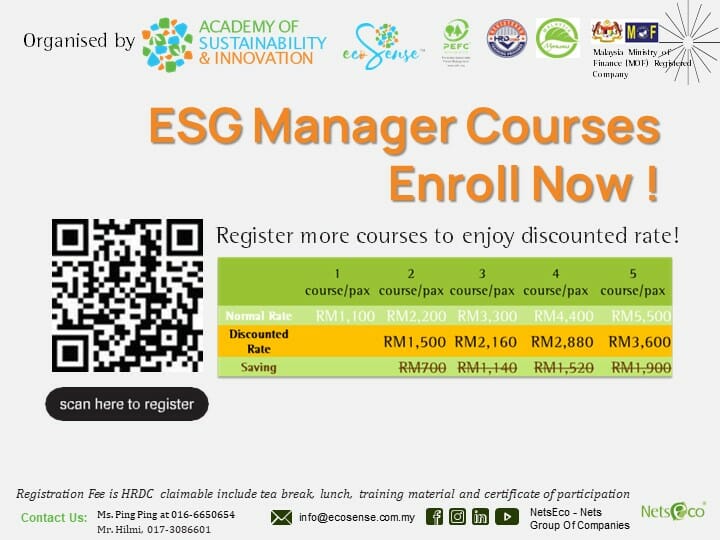
Join Us Today: Embrace the eco-leader within you and drive the change the world needs. Reserve your spot in the ESG Manager Courses and let’s co-create a planet we can all be proud of.
For Inquiries: Reach out to Ms. Ping Ping at 016-6650654 (WhatsApp: https://wa.me/60166650654) or contact our office at 03-89429858 (Monday to Friday, 9.00 am to 6.00 pm).
Unite for Sustainability! Enroll in the ESG Manager Courses and become the unstoppable force for positive transformation our world deserves!
Unlock your leadership potential for a greener, more sustainable future – act now!
ESG Manager Siri 1 (ESG01): Sustainability & Environment by Dr. Chen Sau Soon
ESG Manager Siri 1 (ESG01):Sustainability & Environment: This course aims at professionals responsible for planning, strategising and managing sustainability for their organisation. This course will cover background of sustainable development goals (SDGs), climate change, developing sustainability indicators, and options for sustainability solutions. This training is designed to provide participants with essential understanding of sustainability approaches and methodologies.
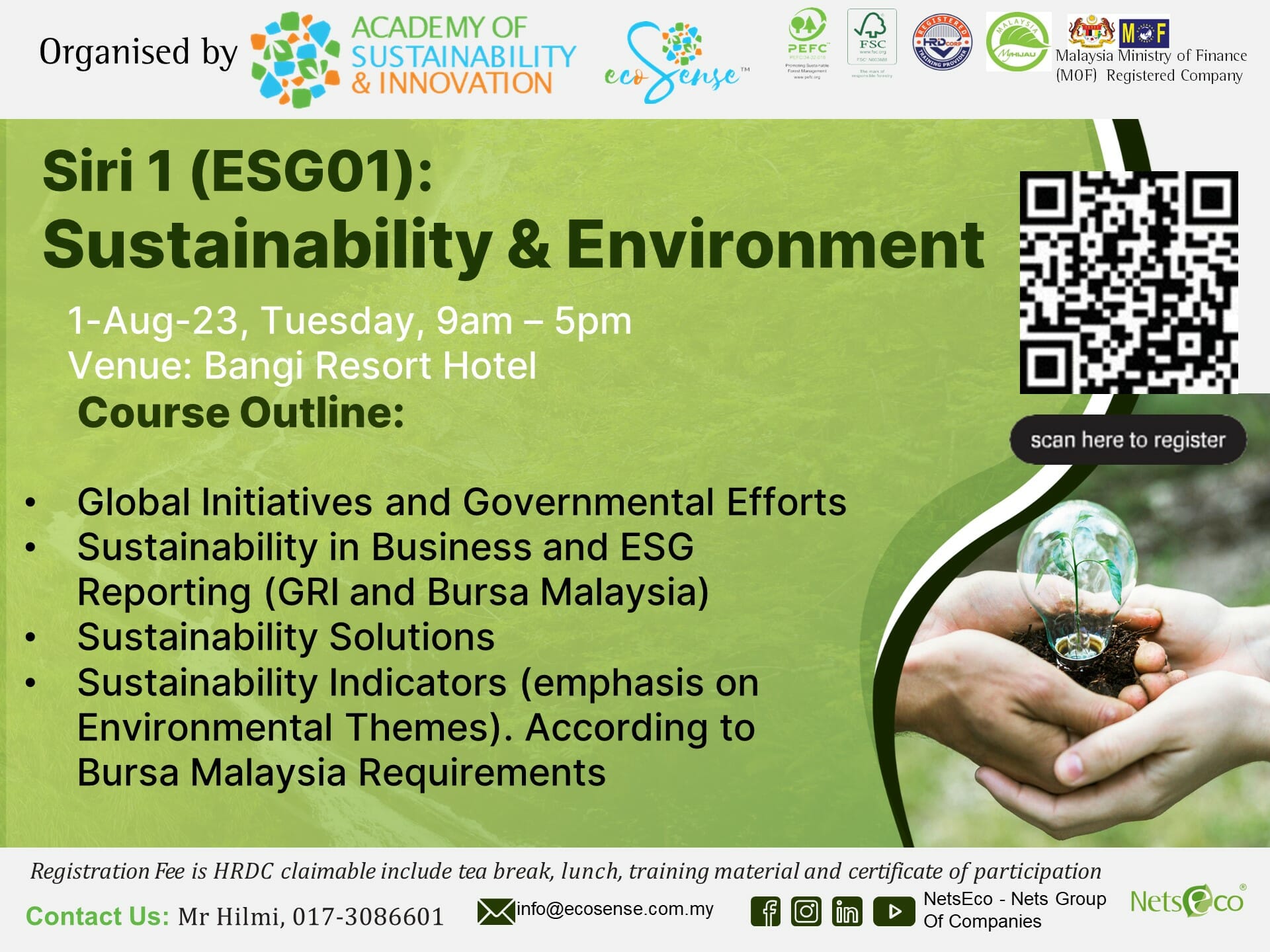
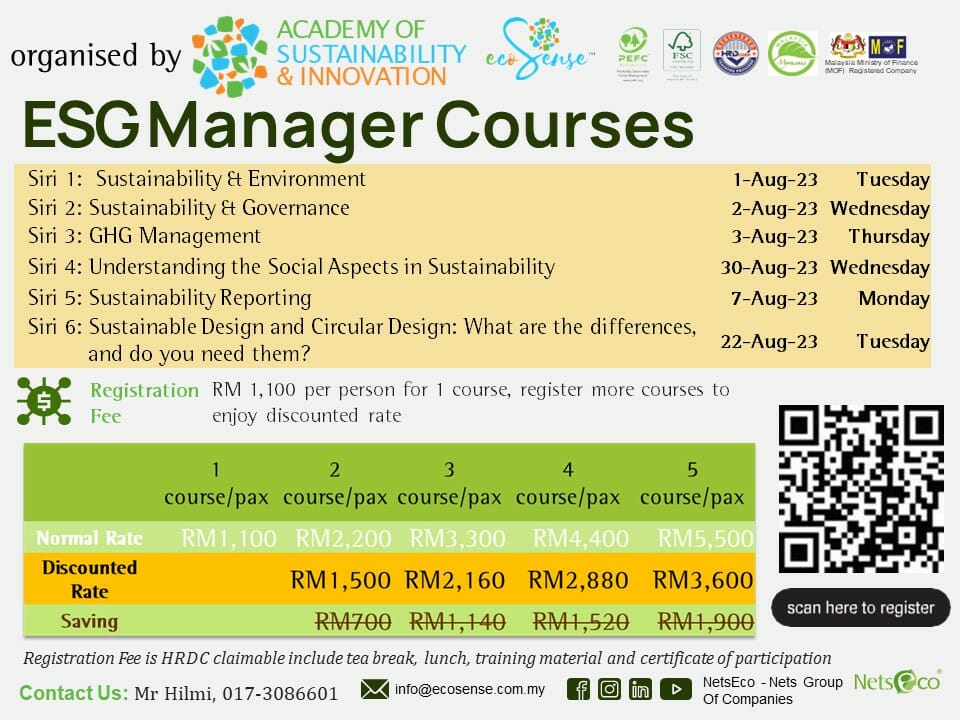
Securing your place in the ESG Manager Courses is a breeze. Simply visit our registration form https://forms.gle/Wi7wi5enquuDsaX89 to reserve your spot today.
Unlock Your Potential as an ESG Leader: Join the ESG Manager Courses Today!
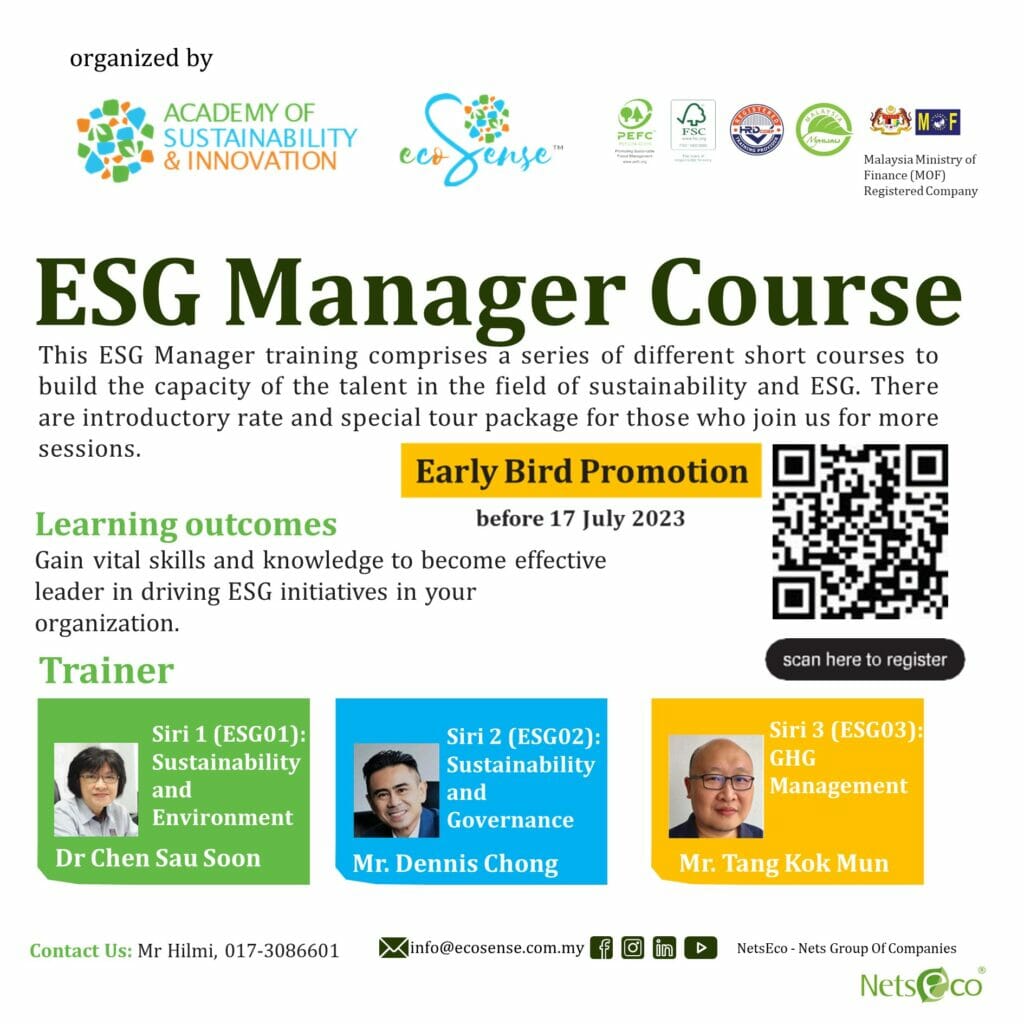
Are you ready to become a leader in driving Environmental, Social, and Governance (ESG) initiatives? The ESG Manager Courses, offered by the Academy of Sustainability and Innovation, organized by Eco Sentido Sdn Bhd and hosted at the prestigious Bangi Resort Hotel in Bandar Baru Bangi, Selangor, offer a transformative program designed to equip professionals like you with the knowledge, skills, and network needed to make a significant impact on sustainability within your organization. Join us for this three-day event in August 2023, and elevate your career to new heights.
Comprehensive Courses for Sustainable Success:
The ESG Manager Courses cover a wide range of essential topics, including sustainability principles, environmental management systems, corporate governance, risk management, and greenhouse gas (GHG) emissions reduction strategies. Specifically tailored for ESG Managers, Risk Managers, Strategy Managers, and Operation Managers, these courses provide practical insights and tools that are directly applicable to your roles and responsibilities. Gain the expertise needed to drive sustainable practices and make a lasting impact.
Early Bird and Special Package Offers:
Take advantage of our Early Bird offer by registering and paying before 17th July 2023. Secure your spot at the discounted rate of RM 850.00 per participant for one course. But that’s not all – we also have special package deals for those looking to broaden their knowledge and expertise:
Register for two courses at only RM 1500.00 per participant, saving you RM 700.00.
Register for three courses at the unbeatable price of RM 2160.00 per participant, saving an impressive RM 1140.00.
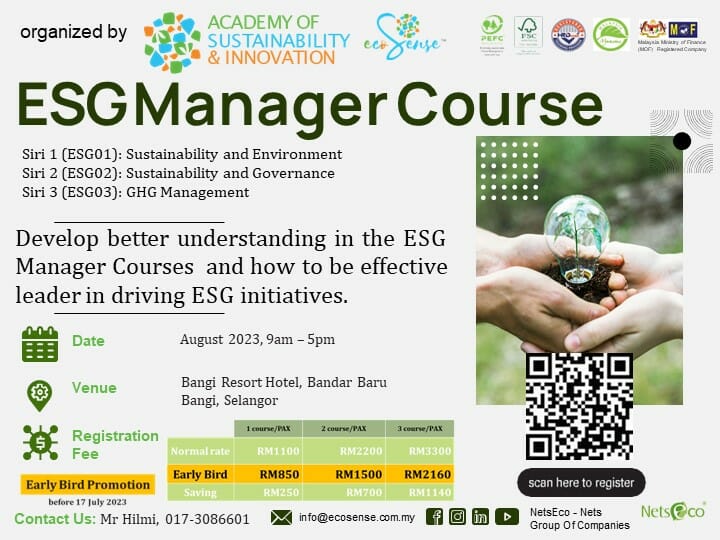
HRDC Claimable and Inclusive Registration Fee:
We understand the importance of investment in professional development. That’s why our registration fee is HRDC claimable, making it easier for you to seek reimbursement. The fee covers all aspects of the courses, including tea breaks, lunch, comprehensive training materials, and a certificate of participation. We believe in providing a seamless and enriching learning experience, so you can focus on absorbing valuable knowledge and skills.
Additional Benefits for Enhanced Learning:
Participants who register for up to three courses of the ESG Manager Siri program will enjoy additional benefits to further enhance their learning journey. Immerse yourself in a half-day local organic farm trip, engage in captivating farm activities, savor a delicious vegetarian semi-buffet lunch, and witness an enzyme making demonstration. These unique experiences will deepen your understanding of sustainable practices and provide a holistic perspective on the interconnectedness of various elements within the field.
Registration Made Easy:
Securing your place in the ESG Manager Courses is a breeze. Simply visit our registration form https://forms.gle/Wi7wi5enquuDsaX89 or scan the QR code below to reserve your spot today.
If you have any inquiries or require assistance, don’t hesitate to contact Mr. Hilmi at 017-3086601 (whatsapp: https://wa.me/60173086601) or reach out to our office at 03-89429858 (9.00 am to 6.00 pm, Monday to Friday).
Seats are limited, so take action now to secure your place in this exceptional program.
Unlock Your Potential as an ESG Leader:
By joining the ESG Manager Courses, you will position yourself as a driving force in sustainability. Gain the skills, knowledge, and network needed to spearhead ESG initiatives within your organization, elevate your career, and make a meaningful impact on the world around you. Embrace this opportunity to unlock your full potential as an ESG leader and create a sustainable future.
We appreciate your support and enthusiasm. Together, let’s embark on this transformative journey towards a more sustainable world!
For more details, download the brochure here: ESG MANAGER COURSE BROCHURE
Nets Printwork Wins 6th Prime Minister’s Hibiscus Award: Leading in Environmental Sustainability
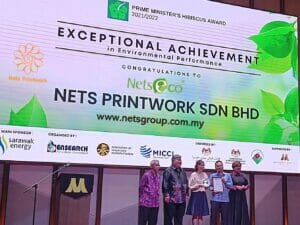
Nets Printwork Sdn Bhd (Nets Printwork) has once again reaffirmed its position as a leader in environmental sustainability among Small and Medium Enterprises (SMEs) by clinching its 6th Prime Minister’s Hibiscus Award (PMHA) for Exceptional Achievement in Environmental Performance (Pencapaian Istimewa) in the SME category. This prestigious accolade underscores Nets Printwork’s unwavering commitment to environmental stewardship.
As a prominent member of the Nets Group of companies, Nets Printwork has consistently embraced greener and more sustainable practices in its operations, positioning itself as a preferred choice for businesses seeking eco-friendly printing solutions. This latest PMHA recognition solidifies Nets Printwork’s status as an exemplary model for other Malaysian SMEs to emulate in terms of sustainable environmental management practices.
Since 2012, Nets Printwork has been at the forefront of environmental responsibility, holding ISO 14001:2004 and ISO 9001:2008 certifications. The company actively participates in the Programme for the Endorsement of Forest Certification (PEFC) and proudly associates with the Forest Stewardship Council (FSC®). Nets Printwork has also been awarded the prestigious GreenTAG and MyHijau Mark certificates, further validating its dedication to environmentally conscious practices. Notably, the company has achieved a four-star rating for the SME Competitiveness Rating for Enhancement (SCORE) issued by SME Corp Malaysia.
“At Nets Printwork, sustainability lies at the heart of our operations. We take pride in being Malaysia’s first green printer with a recognized Eco label,” shared Teh Leong Sim, Managing Director of Nets Printwork. This forward-looking mindset has been instrumental in the company’s success, enabling notable environmental accomplishments and industry leadership, allowing it to consistently gain recognition at the Prime Minister’s Hibiscus Awards
With an impressive track record of six PMHA wins, Nets Printwork continues to set an example for businesses and industries across Malaysia. The Prime Minister’s Hibiscus Awards, established in 1996, serves as a distinguished platform for independent evaluation of environmental commitment, management, and performance. Nets Printwork’s exceptional achievements in environmental performance perfectly align with the award’s objectives, encouraging proactive engagement in sustainable environmental management practices and honoring exemplary models.
The PMHA assessment process comprises two stages: comprehensive data submission and thorough site visits conducted by a panel of experts. This rigorous evaluation ensures that participating organizations demonstrate a genuine commitment to environmentally sustainable operations.
A total of 22 companies achieved exceptional and excellent achievement awards in the Excellent Achievement category during the 2021/2022 cycle. The PMHA ceremony, jointly organized by the Environmental Management and Research Association of Malaysia (Ensearch), the Federation of Malaysian Manufacturers (FMM), and the Malaysian International Chamber of Commerce and Industry (MICCI), recognizes outstanding environmental accomplishments in the private sector.
Nets Printwork’s recent achievements include receiving the first-ever ESG Positive Impact Awards earlier in June, in addition to the esteemed 6th Prime Minister’s Hibiscus Award. These accolades would not have been possible without the exceptional support and unwavering commitment of our dedicated team, clients, suppliers, and partners, who have played an instrumental role in driving our environmental sustainability initiatives. We extend our heartfelt gratitude to each and every member of the NetsEco team for their unwavering dedication and hard work, which has led to this remarkable recognition. Mr. Teh Leong Sim, Managing Director of Nets Printwork, emphasized, “It is through their collective efforts that we have been acknowledged for our positive impact on the environment. We remain steadfast in upholding our values and continuing our pursuit of a sustainable future.”
Nets Printwork在首届ESG绩效奖 (ESG Positive Impact Awards)中荣获环境类别银奖
马来西亚,2023年6月9日——Nets Printworks荣幸宣布在首届ESG绩效奖ESG Positive Impact Awards中荣获环境类别“负责任消费与生产” ”(Responsible Consumption & Production)银奖。这一殊荣突出了Nets Printworks对通过可持续管理和高效利用材料保护自然资源的坚定承诺。
ESG Positive Impact Awards是由马来西亚星报媒体集团(SMG)主办的一项盛大活动,旨在表彰在推动环境、社会和治理(ESG)议程方面取得杰出成就的企业。这个首届活动吸引了来自马来西亚各行业的100家公司参与,他们展示了如何通过实际行动践行ESG原则。
Nets Printworks获得环境类别“负责任消费与生产”银奖,是对该公司以及整个NetsEco集团20多年来积极推动节能减排、实现碳中和、推动永续环保印刷和绿色包装等方面所做努力的肯定。NetsEco以绿色科技创新为驱动,实施低碳措施,促进负责任的消费与生产,并提供绿色认证材料,通过发展循环经济产业链,协调各方资源,创造了企业独特的综合竞争优势。
NetsEco集团董事总经理郑良森先生表示:“我们非常高兴能够荣获负责任消费与生产银奖,这是对我们将ESG的发展理念融入规划并深入践行ESG行动目标及气候变化相关管理的认可,并增强了我们在实现碳中和、实现永续发展方面的信心。”
ESG Positive Impact Awards不仅是对企业ESG实践卓越性的肯定,也激励企业不断追求改进。其目标是推动更多企业将ESG原则融入商业模式和运营中,促进可持续发展和社会责任。通过这一倡议,企业可以获得认可,并获得更多资源和支持,继续推动变革。
郑良森先生补充道:“我们衷心感谢NetsEco团队的每一位成员为此次卓越认可所做出的奉献和努力。同时也感谢支持NetsEco的客户、供应商和合作伙伴们的支持,他们认同NetsEco的永续发展理念,共同推动生态文明,实现永续发展并承担涵养绿色文化的社会责任。”
ESG Positive Impact Awards的举办将为马来西亚的企业界带来新的发展机遇和成就,同时也为实现2050年碳中和国家愿景做出了贡献。
关于ESG绩效奖ESG Positive Impact Awards和完整的获奖名单,请浏览:https://staresgawards.com.my/winners.aspx。
新闻报道,请浏览:
www.thestar.com.my/news/nation/2023/06/09/promoting-malaysias-esg-agenda
Nets Printworks Recognized as Silver Winner in Environmental Category at ESG Positive Impact Awards
Nets Printworks, a leading member of the Nets Group of companies, is thrilled to announce that it has been honored with the prestigious Silver Winner award in the Environmental Category for Responsible Consumption & Production at the ESG Positive Impact Awards. The recognition underscores Nets Printworks’ unwavering dedication to safeguarding natural resources through sustainable management practices and the efficient utilization of materials in its production processes.
The ESG Positive Impact Awards 2022, organized by Star Media Group (SMG) and endorsed by the Natural Resources, Environment and Climate Change Ministry, brought together 100 companies from diverse industries in Malaysia to celebrate exemplary practices in environmental conservation, social responsibility, and good governance. The event served as an inspiring platform for businesses of all sizes to adopt and enhance their own Environmental, Social, and Governance (ESG) initiatives. The Silver Winner award in the Environmental Category for Responsible Consumption & Production is a testament to Nets Printworks Sdn Bhd and the entire NetsEco group’s long-standing commitment to reducing their environmental footprint while delivering exceptional sustainable printing and packaging solutions. NetsEco has implemented innovative measures that promote responsible consumption and production, leading to a positive impact on the environment.
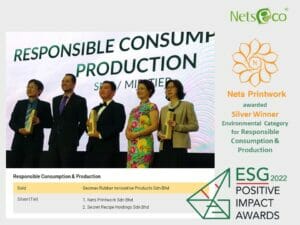
“We are thrilled to receive the Silver Winner award in recognition of our efforts towards responsible consumption and production,” said Mr. Teh Leong Sim, Group Managing Director of NetsEco. “This achievement reflects our unwavering commitment to sustainable practices and the efficient utilization of materials throughout our production processes. We take great pride in embracing and showcasing exemplary ESG practices in our business model.”
“We extend our heartfelt gratitude to each and every member of the NetsEco team for their dedication and hard work, which has led to this remarkable recognition,” added Mr. Teh Leong Sim. “It is through their collective efforts that we have been acknowledged for our positive impact on the environment. We remain committed to upholding our values and excellence in responsible consumption and production, making a meaningful difference in preserving our planet for future generations.”
Nets Printworks Sdn Bhd’s success at the ESG Positive Impact Awards 2022 showcases its industry leadership and unwavering commitment to sustainable practices. The company’s achievement reflects the wider movement towards fostering an environmentally conscious business landscape in Malaysia and sets a compelling example for others to follow.
About the ESG Positive Impact Awards and the complete list of winners: https://staresgawards.com.my/winners.aspx
news clips about the event, please visit: www.thestar.com.my/news/nation/2023/06/09/promoting-malaysias-esg-agenda
Nets Printwork’s Scores 86 in Pilot ACCESS ESG Index
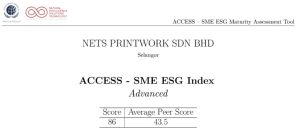
Nets Printwork Sdn Bhd (Nets Printwork) led the way in the pilot 2021 ACCESS ESG ( Environment, Social & Governance) Index of SMEs in Malaysia, attaining a score of 86 out of an average SMEs score of 43.5. Nets Printwork was ahead in 29 out of 30 indicators, encompassing 10 social and all the nine Governance, nine Environmental as well as the one Finance (SDG & F) indicators.
This achievement in attaining the advanced level rating, the highest spectrum in the ACCESS ESG Index, reflects the ambitious agenda of Nets Printwork in achieving its sustainability goal.
The ACCESS ESG Index, a pilot programme developed and organised by the United Nation Global Compact Malaysia and Brunei, SME Corp and the University of Nottingham Malaysia, measures SMEs total progress towards achieving their Environment, Social, Governance & Finance (SDG & F) performances through a set number of indicators – nine for environmental, 11 for social, nine for governance and one for finance. The score indicates the level of achievement in attaining the set SDG & F goal. A score of between 0-24 indicates the beginner level while a score of between 25 – 49 and 50 – 74 meant the elementary and Intermediate level respectively. A score of between 75-100 indicates the advanced.
Nets Printwork Sdn Bhd wins Bronze at
Sixth Asia Sustainability Reporting Awards
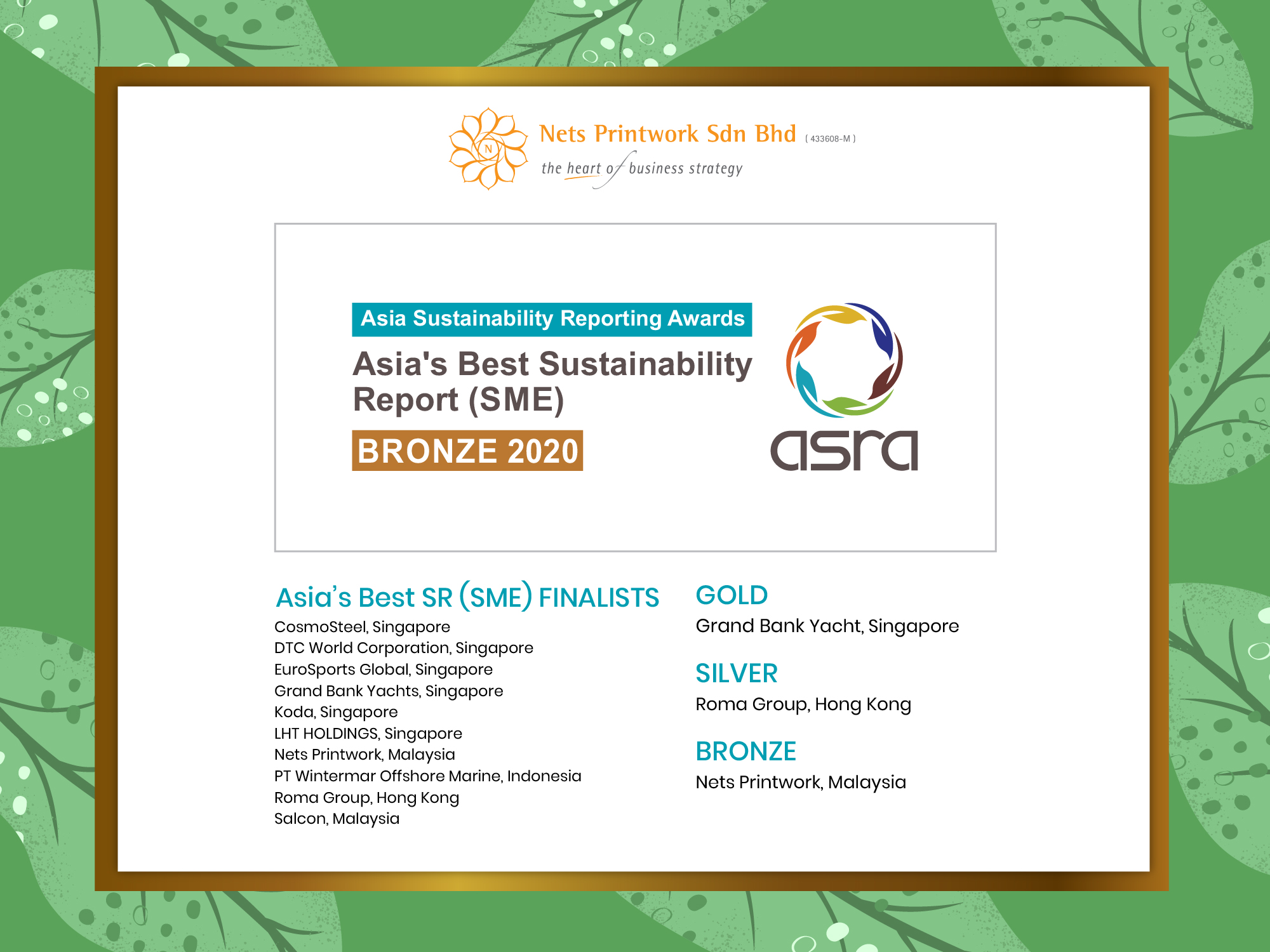
Singapore, 19 May 2021: Nets Printwork Sdn Bhd has won a Bronze in Asia’s Best Sustainability Report (SME) at the 6th Asia Sustainability Reporting Awards (ASRA), the most prestigious international awards for corporate reporting.
Nets Printwork Sdn Bhd was also one of the finalist in Asia’s Best Supply Chain Reporting at the awards ceremony today. Read More
Nets Printwork is featured in UNDP The Business Case for Eco Innovation
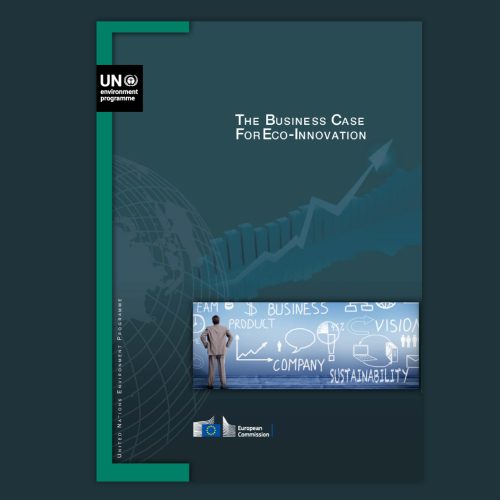
Nets Printwork Winning The Prime Minister’s Hibiscus Award
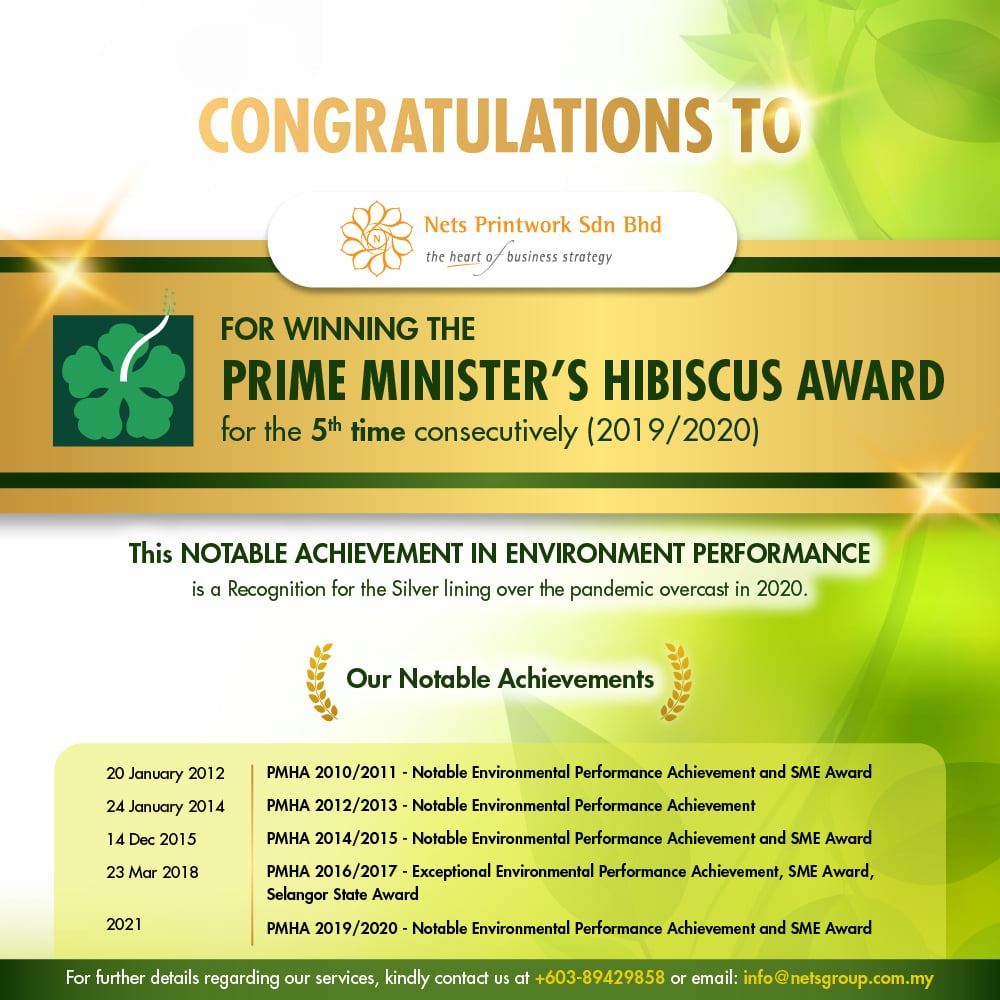
CONGRATULATIONS TO NETS PRINTWORK SDN BHD for WINNING THE PRIME MINISTER’S HIBISCUS AWARD for the 5th time consecutively (2019/2020).
Eco Office Initiative Project (EOIP) Stakeholder Meeting & Achievement Certificate Presentation

Eco Sense Talk
Education Tour
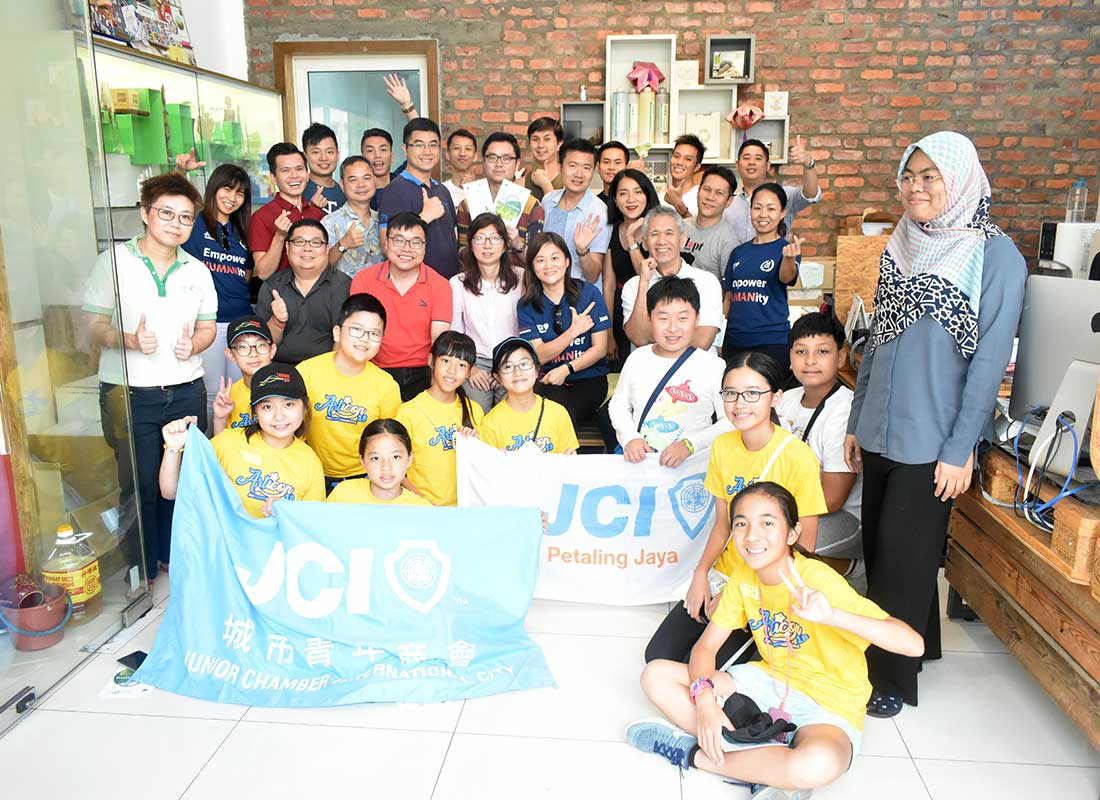
Student Visit from INTI International University & College
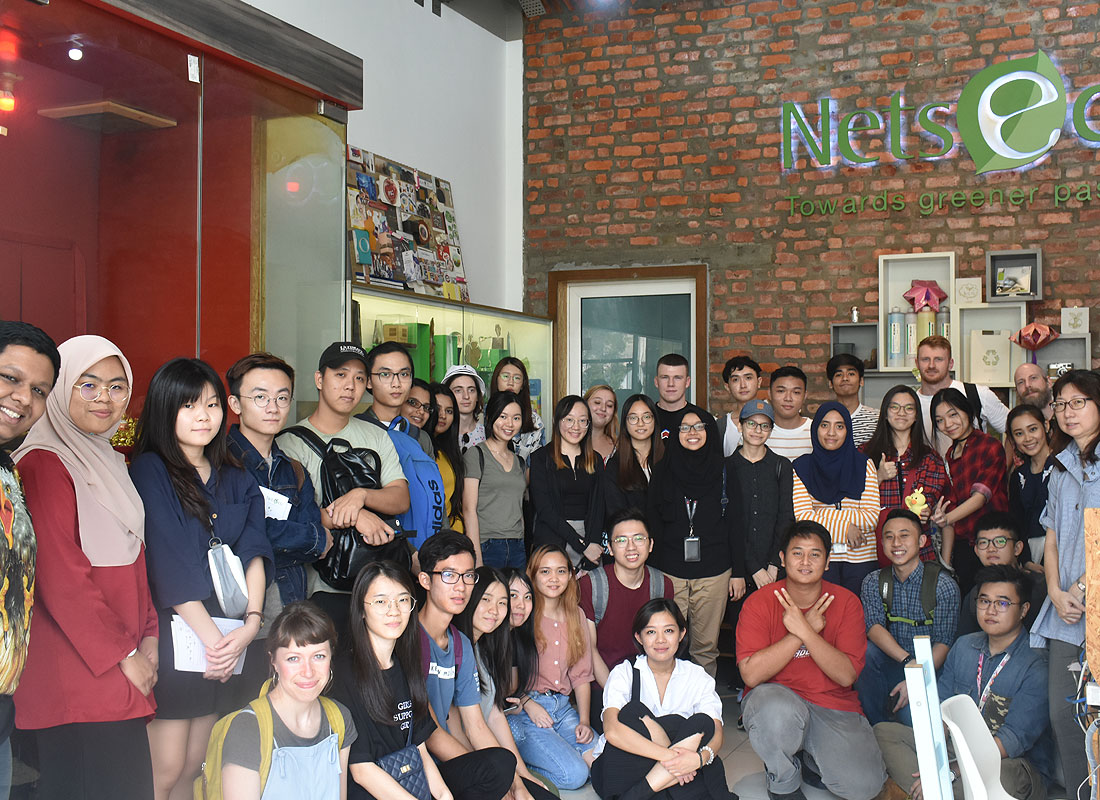
Celebrate Life & Earth Event at Eco World

Eco Sense Workshop 2.0
For the first time in Malaysia, Eco Design and Innovation Centre (by Nets Printwork Sdn Bhd) have successfully bring the Eco Sense Workshop 2.0 on 5-6 March 2019 at Timespace, Seri Kembangan, conducted by Mr Yuttana Anothaisintawee. During this workshop, the participants were exposed to upcycling design, learned how to differentiate the value of the waste, how to market their innovation from the waste material and how to turn the waste into a profitable business.
Student Visit from Sunway University

Eco Sense Talk 2018
Press Release: Eco Sense Talk at APU
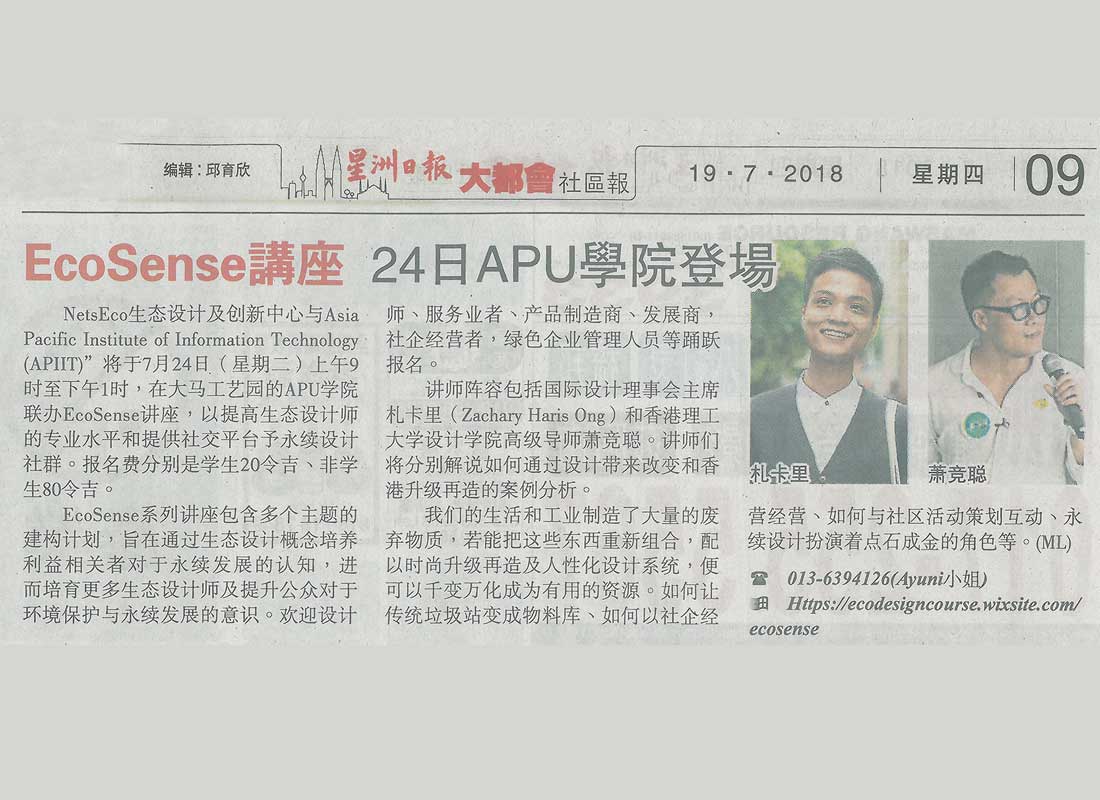
Interview of Associate Professor Siu King Chung

Swap-Up Day 2018
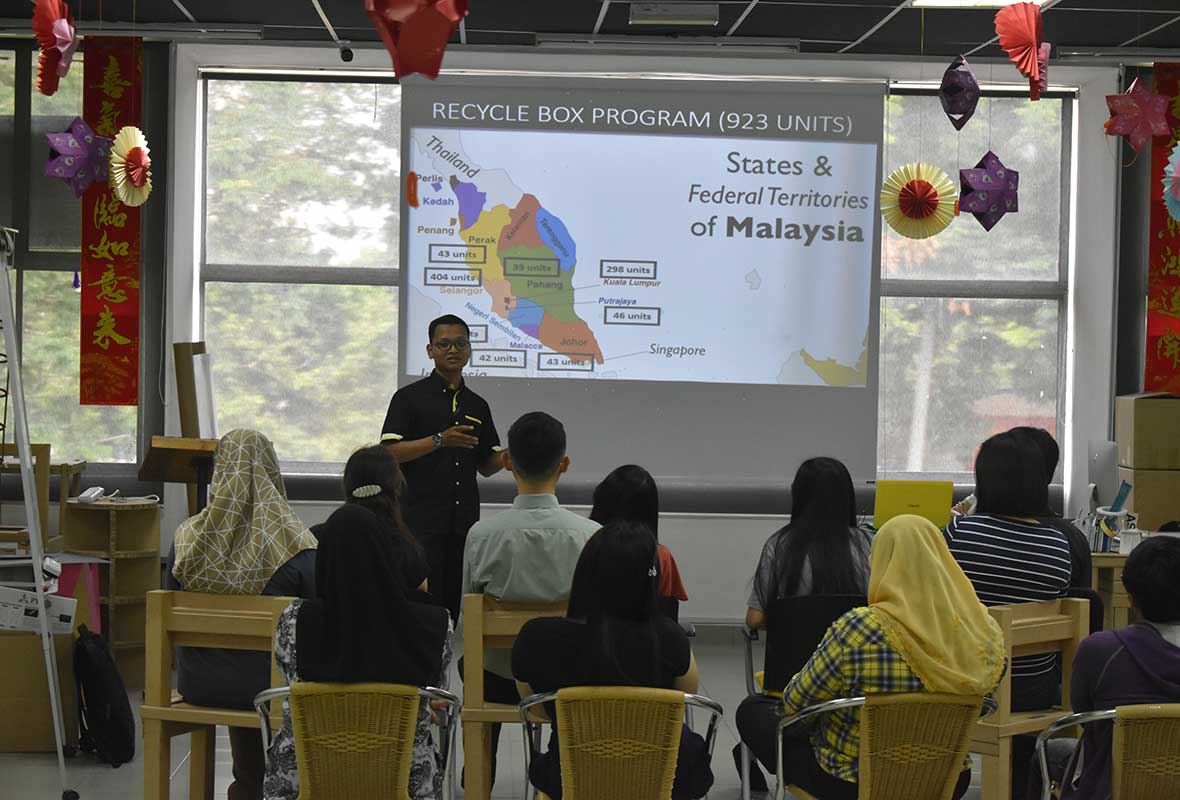
Premium Kerbau Emas Mechandise Available Now!
At Nets MyTalents, we are more than proud to announce our collaboration with Karyaneka, one of the local leading promoter of Malaysian arts and handicrafts. Please find a range of our extensive and premium in-house brand of Kerbau Emas merchandise at the following retail store:
Retail Store: Karyaneka
Address: KL Craft Complex, Section 63, Jalan Conlay, 50450 Kuala Lumpur.
Kerbau Emas Merchandise: Drinkware, Clothes, Home & Living, Bags and etcs.
Stay tuned with us for more updates.
Student Visit From Sekolah Menengah Analisis Kimia Padang, Sumatra, Indonesia
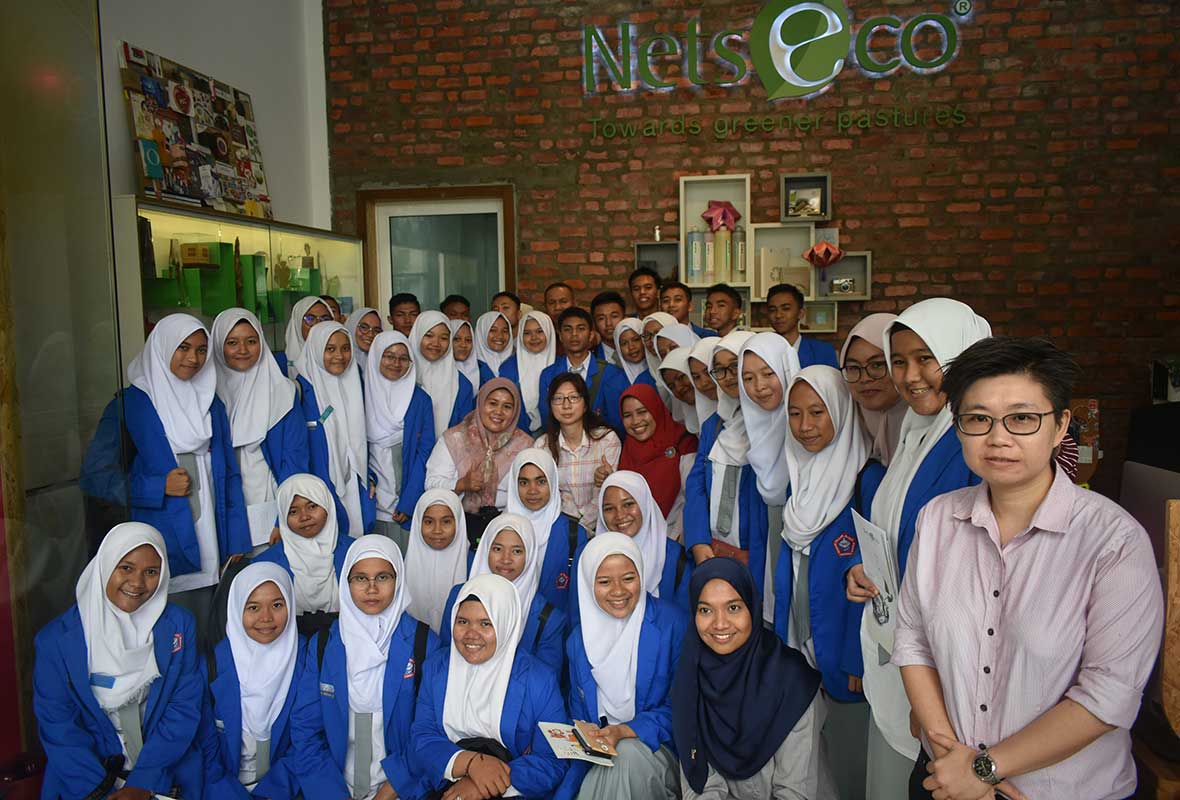

Eco Sense Talk – Design From Ordinary To Sustainability

Environmental Award Winning

Southern College University Visit






Award Winning
Nets Printwork Sdn Bhd had once again won the SME Award at the Prime Minister’s Hibiscus Award (PMHA) 2016/2017. This time, we had also bagged another two awards i.e. Selangor State Award as well as the Exceptional Achievement Award. The awards were presented by Datuk Nik Azman, director-general of the Economic Planning Unit of the Prime Minister’s Department to Ms. Teh, Sustainability Director who represented the company to receive the awards on 23 March 2018 at Royale Chulan Hotel Kuala Lumpur.
Long Service Award

Eco Design 2017 Conference

Installation of Solar Panel

Students’ Visit

Students’ Visit

Myanmar New Year Celebration

ACCA MaSRA Award 2016

Our custom printing solutions, world-class customer service
& ultra-fast printing process set us apart
With years of printing and customer service under our belts, we’re able to meet your needs.

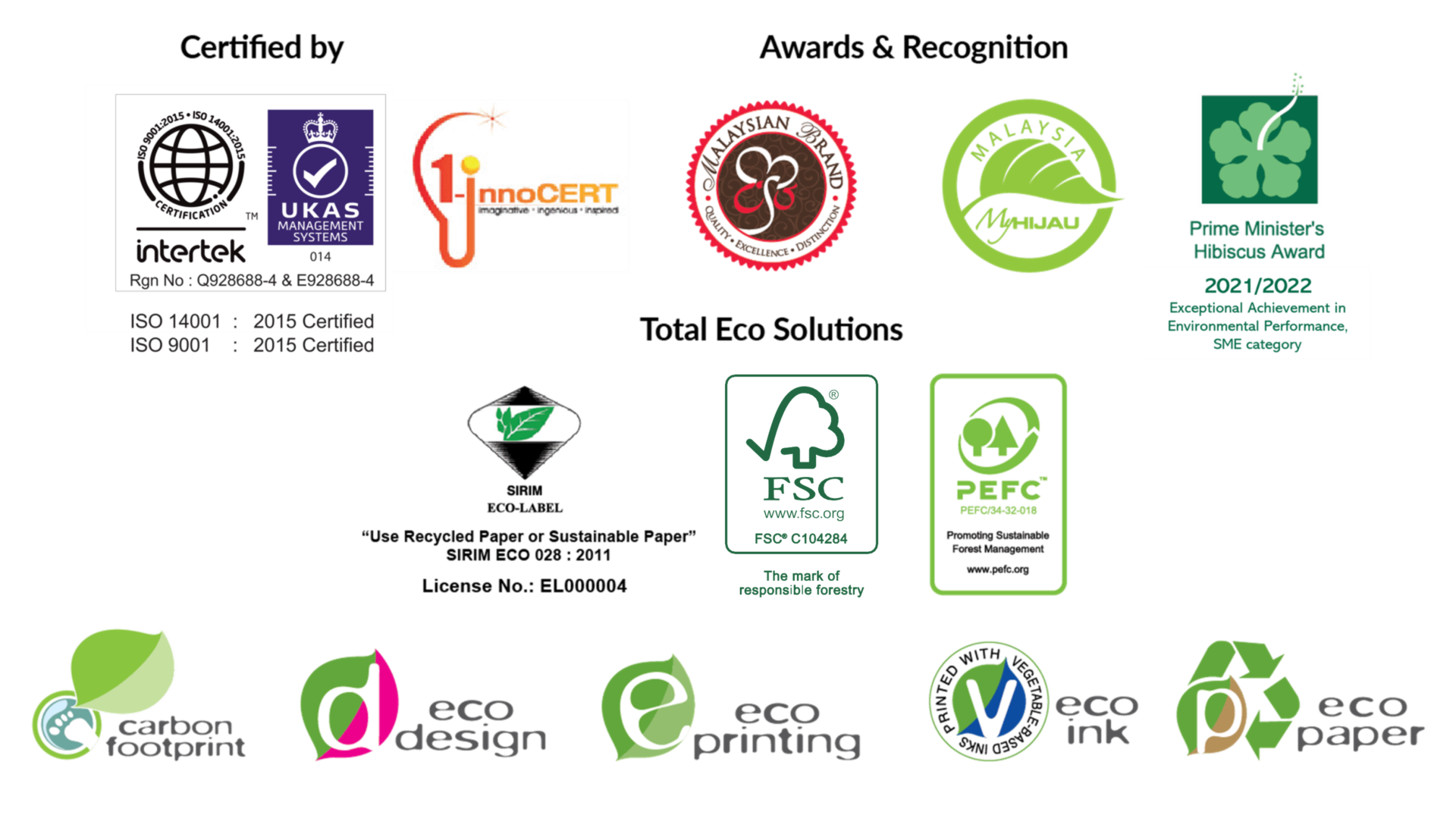


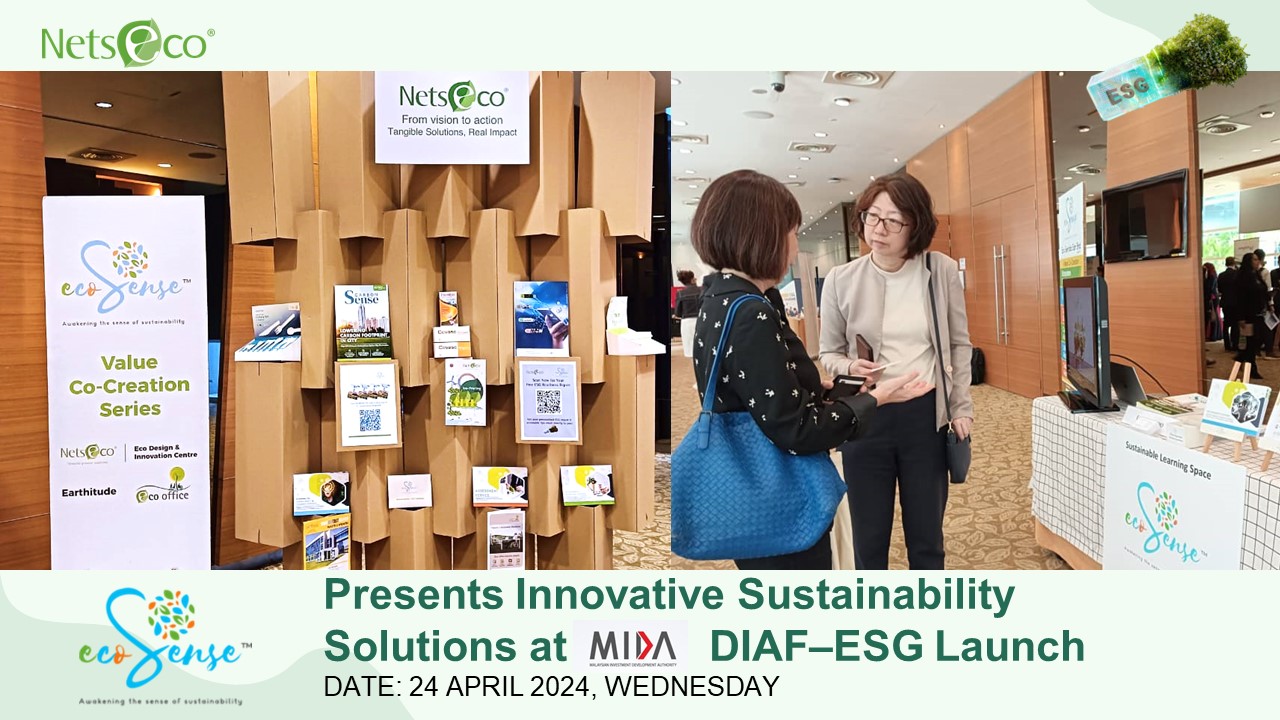
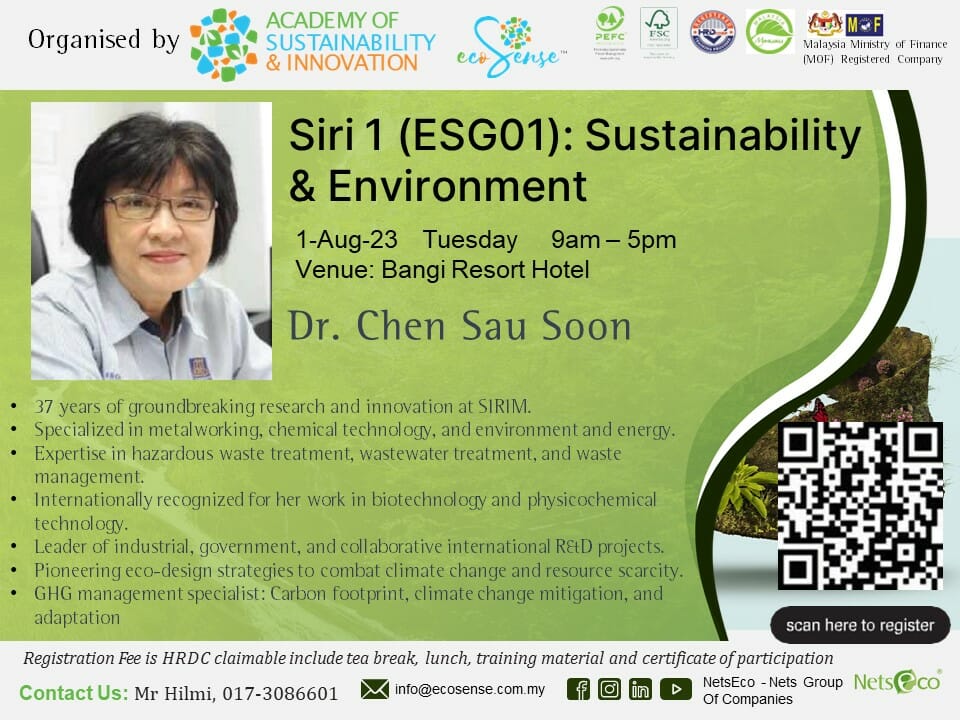
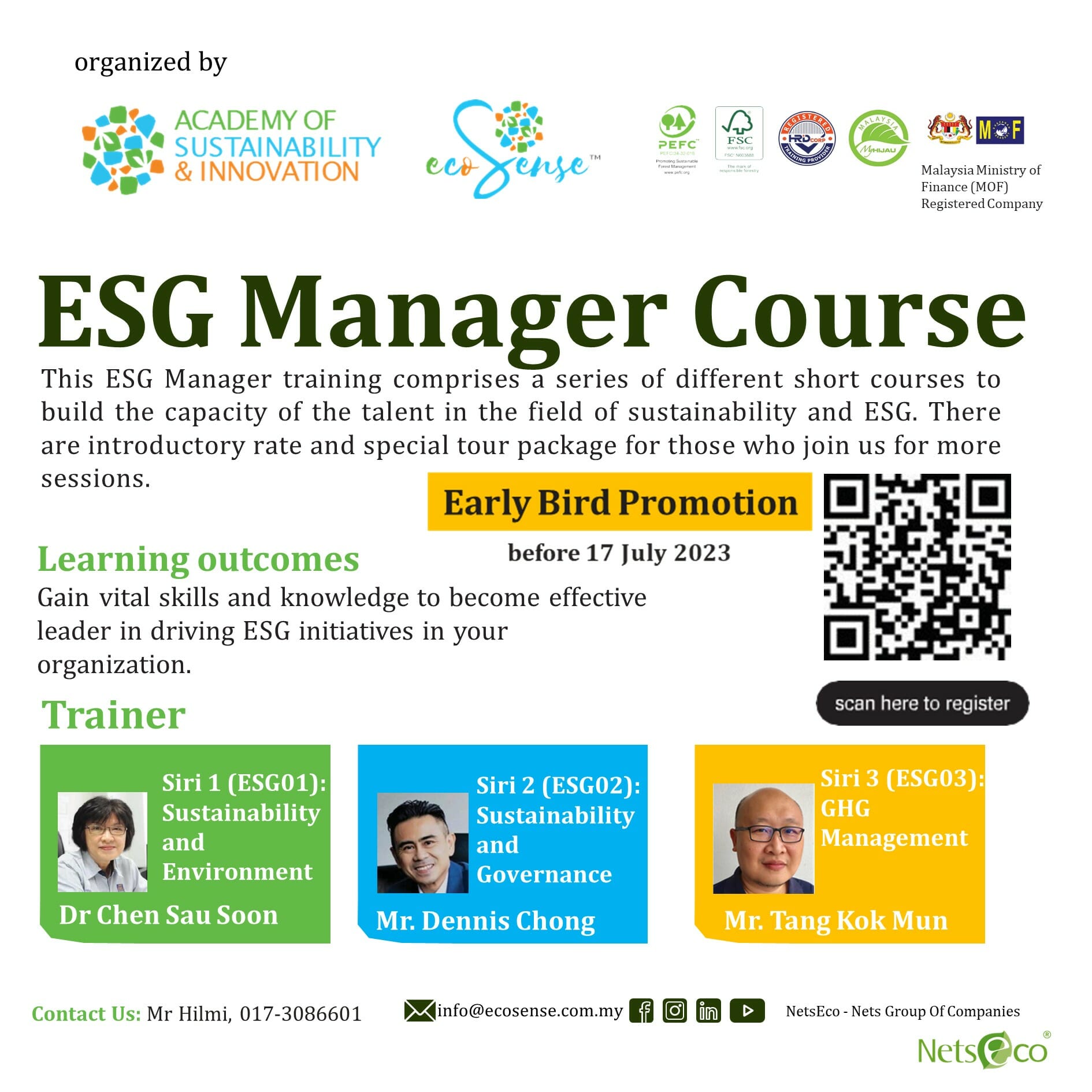
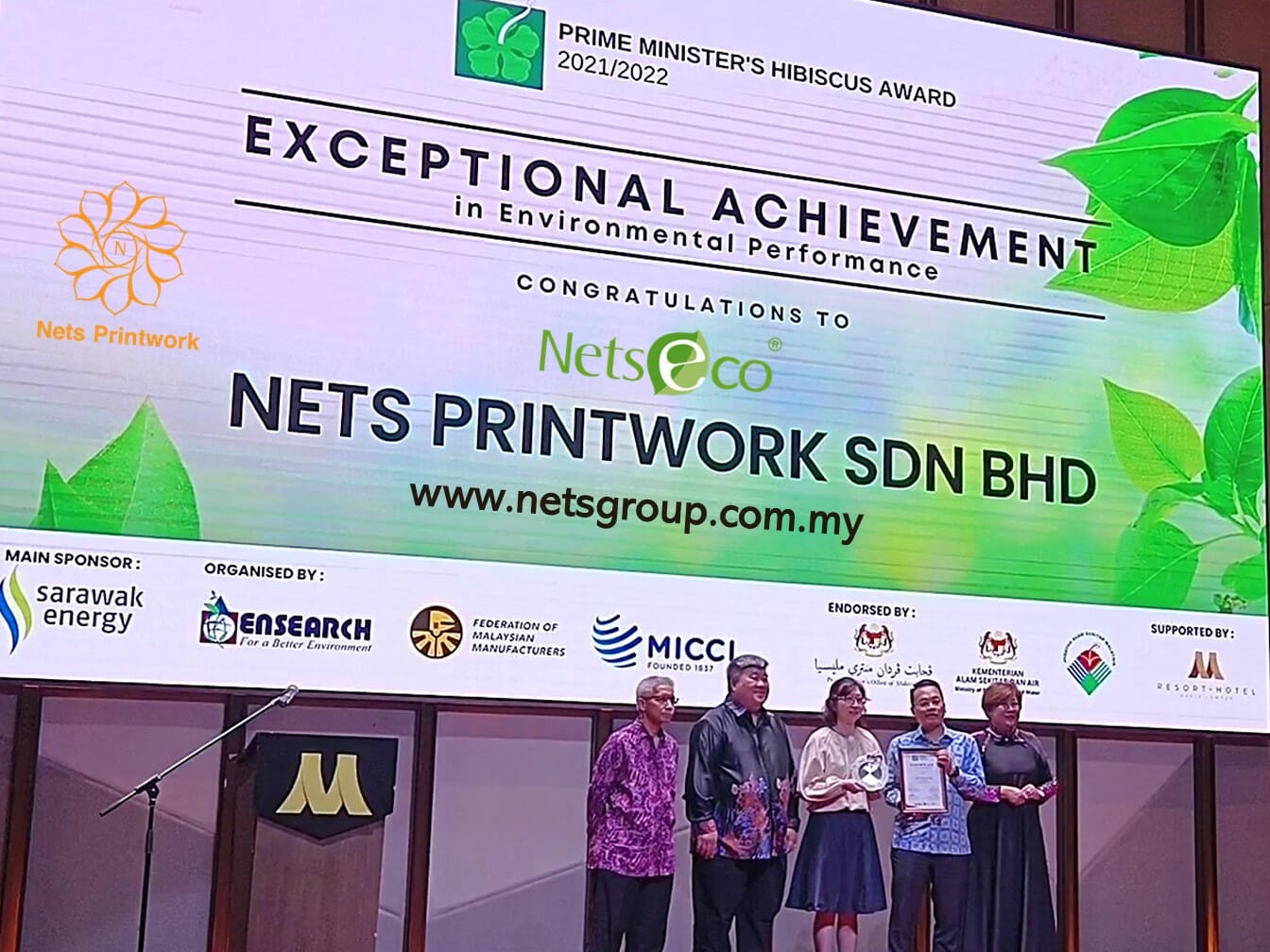
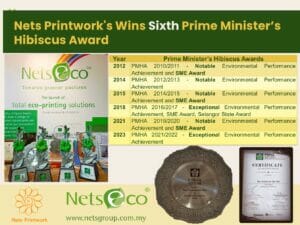

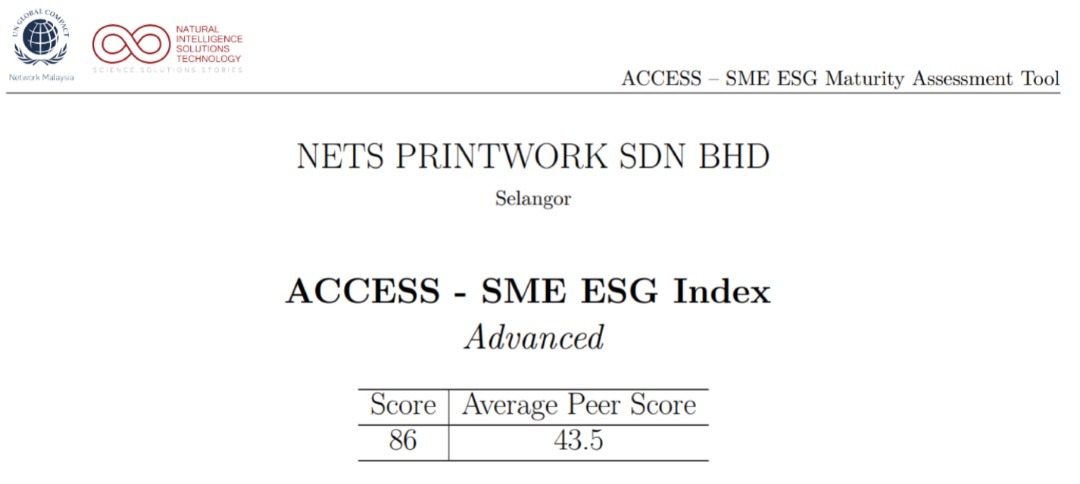










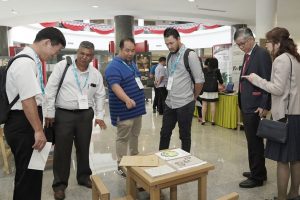


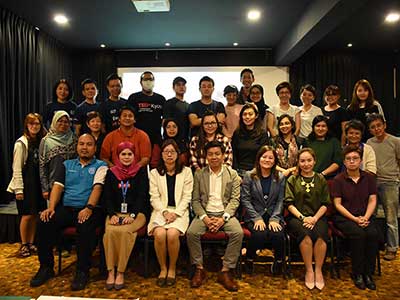
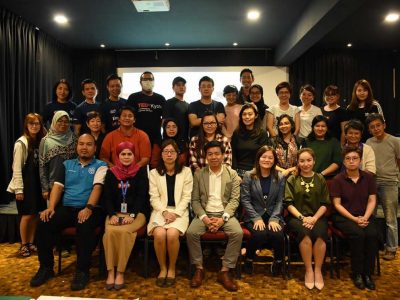
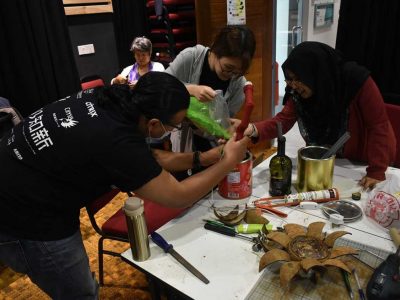

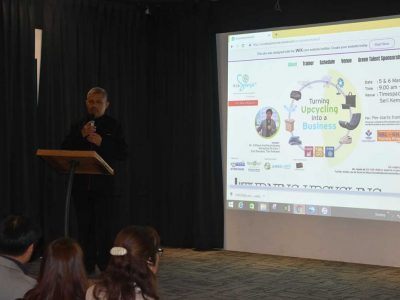

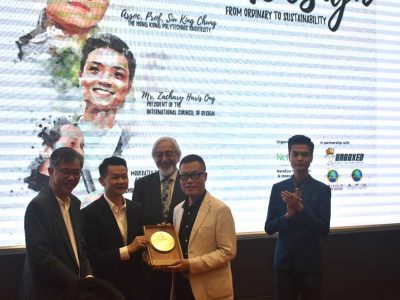
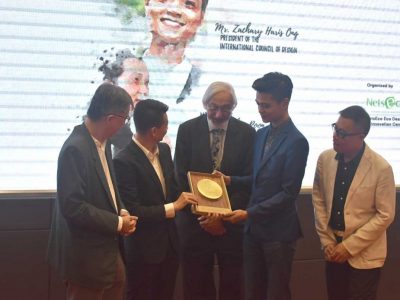


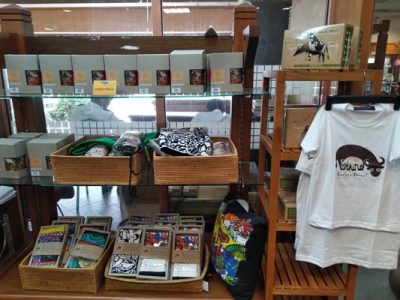




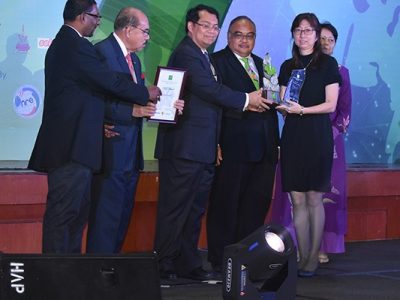
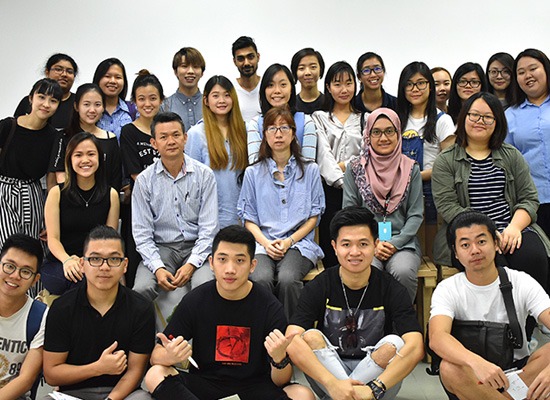

Rethinking Printing & Packaging Through Circular Innovation
As ESG expectations rise and reporting standards tighten, many companies face a common question:
“How can we reduce environmental impact across everyday operations without compromising performance or cost-efficiency?”
At NetsEco, we believe circularity offers a practical answer — especially in printing and packaging, often overlooked as a lever for measurable change. Green Printing Solutions, our “Beyond Green” service model helps corporates operationalise sustainability across five interconnected pillars:
♻️ Circular Design
Designing for circularity means choosing materials and formats that reduce waste before production even begins.
✅ Example: A retail brand shifts from multi-layered packaging to a mono-material design — fully recyclable, easier to separate during waste collection, and compliant with EPR (Extended Producer Responsibility) goals.
✅ Example: For clients in publishing and retail, we advise on second-life use of printed materials. For instance, a book jacket can be redesigned to transform into an interactive activity sheet, a merchandise wrapper, or even an extension of the book’s content — turning packaging into value-added experiences while reducing single-use waste.
📦 Sustainable Printing & Packaging
We help clients transition to FSC® and PEFC-certified papers, vegetable-based inks, and low-impact print technologies.
✅ Example: A bank redesigns its printed annual reports using sustainably certified paper and soy inks, achieving the same print quality while reducing lifecycle emissions by 30%.
🔄 Closed-Loop Fulfilment
We implement take-back and reverse logistics systems to reintegrate materials into supply chains.
✅ Example: A telco company collects used promotional displays and corrugated stands for recycling and reprocessing — significantly cutting landfill waste after each campaign cycle.
✅ Example: Our green logistics system is powered by a monitored green fleet, designed to minimise carbon emissions during fulfilment. For retail clients, we offer direct-to-outlet delivery, reducing unnecessary transport steps and improving efficiency. More importantly, we provide traceable emission data that supports ESG and Scope 3 reporting — helping brands not just move products, but move toward measurable sustainability goals.
📊 Carbon Management & Reporting
From Scope 1 to Scope 3, we support clients in mapping emissions tied to their print and packaging activities — often a blind spot in ESG reporting.
✅ Example: A listed manufacturer includes packaging-related transport emissions in its CDP disclosure, backed by lifecycle data and third-party verified metrics.
💡 Circular Innovation
Beyond compliance, circularity opens new innovation spaces. We help companies explore material recovery, secondary raw materials, and bio-based alternatives.
✅ Example 1: In partnership with a local university, we co-developed LORIAM — a durable new material made from used carton box waste. LORIAM is being explored for applications in furniture, merchandise, and circular product design.
✅ Example 2: Through our integrated ecosystem, we provide food waste collection systems for retail and F&B outlets. These systems enable food waste to be collected together with our certified compostable foodware — such as paper trays, straws, and cutlery. The waste is then processed into compost and channelled to nearby organic farms, forming a closed-loop system from food service to sustainable agriculture.
🔁 A Circular Supply Chain in Practice
The five pillars above are grounded in a practical model that guides clients across the full material journey:
Design (Plan & Source) → Produce (Make) → Deliver → Recover (Return) → Report
This closed-loop cycle ensures sustainability is not just a corporate message, but an operational reality — measurable, auditable, and adaptable to evolving ESG standards.At NetsEco, we see printing and packaging not as static cost centres, but as strategic levers — where sustainability and performance can go hand in hand. As the regulatory and investor landscape evolves, companies that act early to embed circularity will be better positioned — not just to meet ESG expectations, but to lead industry change.